Plastic Injection Mold
Plastic Injection Mold
What is a plastic injection mold?
A plastic injection mold is a tool used to produce plastic parts for a variety of applications. It consists of two halves, the injection mold and the ejector mold, which are connected to a machine called an injection molding machine. The injection mold is filled with molten plastic, which is then injected into a cavity in the ejector mold. The plastic cools and hardens, and the finished part is ejected from the mold.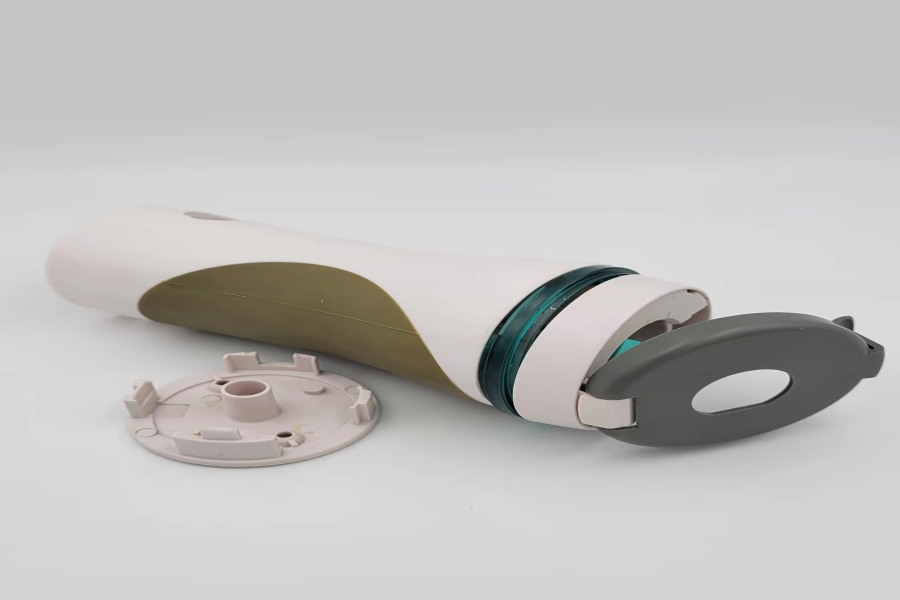
The main application fields of plastic injection mold
1. Automotive: Dashboard, bumpers, interior trim, exterior trim, engine covers, air intake manifolds, air filter housings, etc.
2. Electronics: Computer housings, connectors, switches, etc.
3. Medical: Syringes, medical instruments, medical device housings, etc.
4. Home Appliances: Refrigerator liners, washing machine tubs, air conditioner housings, etc.
5. Industrial: Gears, bearings, valves, etc.
6. Toys: Action figures, dolls, puzzles, etc.
7. Packaging: Containers, caps, closures, etc.
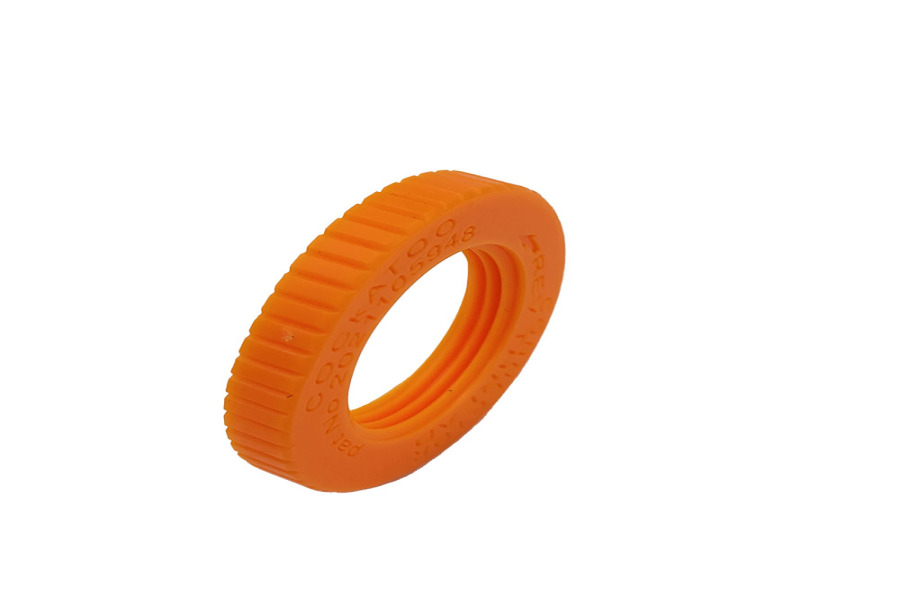
Why does industrial production need plastic injection molds?
Plastic injection molds are used in industrial production because they provide a cost-effective and efficient way to produce large quantities of identical plastic parts. The molds are designed to create parts with precise dimensions and shapes, and they can be used to produce parts with complex geometries. Injection molds are also durable and can be used to produce parts with tight tolerances. Additionally, plastic injection molds can be used to produce parts with a variety of surface finishes.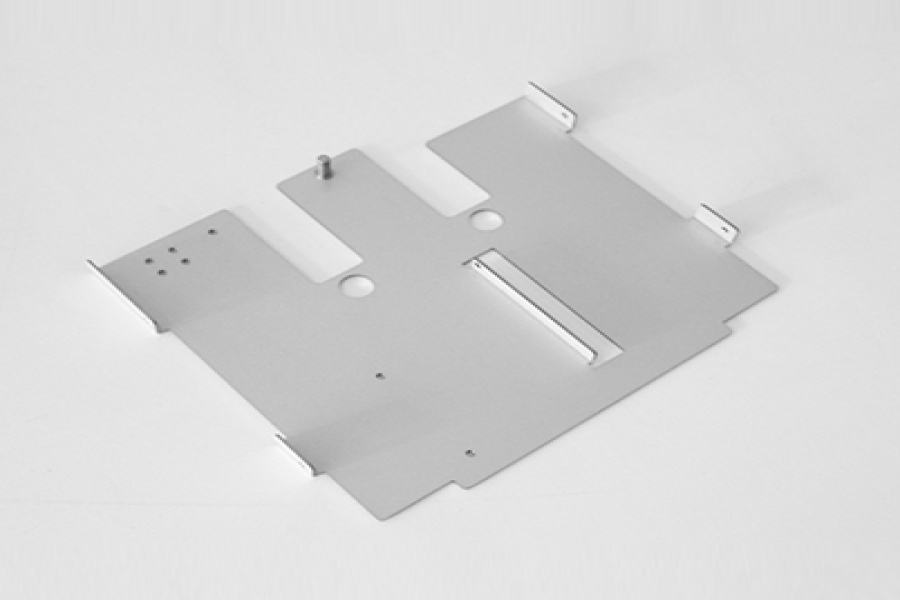
Inventor of Plastic Injection Mold
The inventor of the plastic injection molding process is John Wesley Hyatt. He was an American inventor who patented the process in 1872. The process revolutionized the plastics industry and allowed for mass production of plastic products.
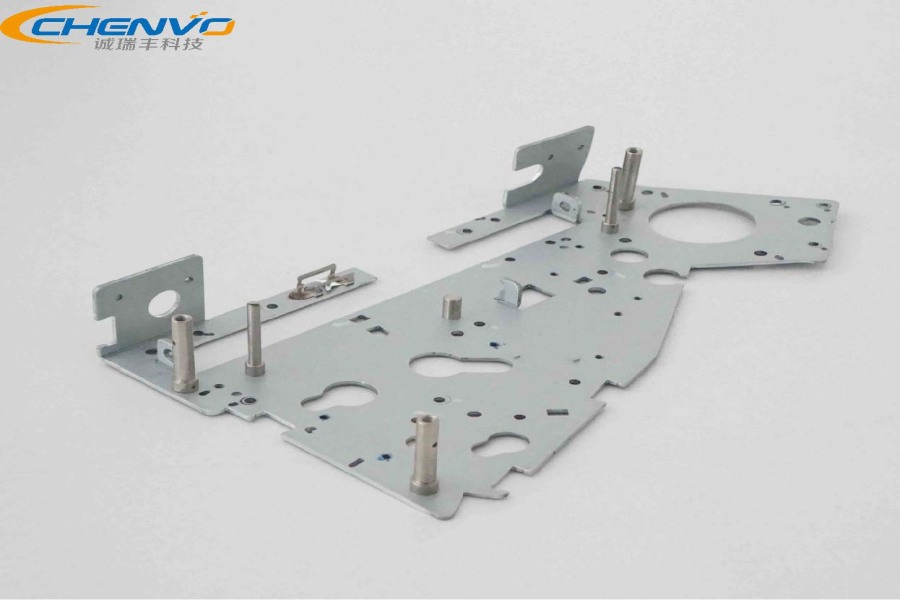
History of Plastic Injection Mold Development
The history of plastic injection molding dates back to the late 1800s. The first injection molding machine was patented in 1872 by John Wesley Hyatt, an American inventor. This machine was used to produce celluloid objects, such as billiard balls and combs. In the early 1900s, the first thermoplastic injection molding machine was developed by James Watson Hendry. This machine was used to produce a variety of plastic products, including buttons, toys, and other household items.
In the 1940s, the first commercial injection molding machines were developed. These machines were used to produce a variety of plastic products, including plastic cups, containers, and other items. In the 1950s, the first injection molding machines with computer controls were developed. This allowed for more precise control over the injection molding process.
In the 1960s, the first injection molding machines with robotic arms were developed. This allowed for faster production and more complex designs. In the 1970s, the first injection molding machines with two-stage injection systems were developed. This allowed for more precise control over the injection molding process and allowed for the production of more complex parts.
In the 1980s, the first injection molding machines with three-stage injection systems were developed. This allowed for even more precise control over the injection molding process and allowed for the production of even more complex parts. In the 1990s, the first injection molding machines with four-stage injection systems were developed. This allowed for even more precise control over the injection molding process and allowed for the production of even more complex parts.
Today, injection molding machines are used to produce a variety of plastic products, including medical devices, automotive parts, and consumer products. Injection molding is one of the most popular manufacturing processes in the world and is used to produce a variety of products.
The plastic injection mold industry is growing rapidly due to the increasing demand for plastic products. The industry is expected to continue to grow in the coming years as more companies are turning to plastic injection molding to produce their products. The industry is also benefiting from advances in technology, which have made it easier and more cost-effective to produce plastic parts. Additionally, the industry is seeing an increase in the use of 3D printing technology, which is allowing for more complex and intricate designs to be produced. As the industry continues to grow, it is expected that more companies will turn to plastic injection molding to produce their products.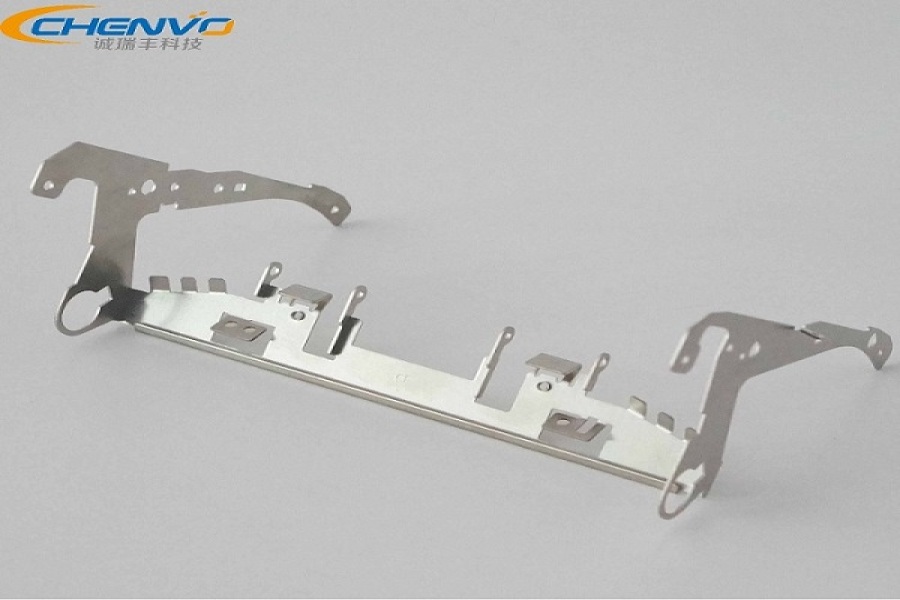
What are the classifications of plastic injection molds?
1. Single-Cavity Molds: These molds are used to produce one part at a time.
2. Multi-Cavity Molds: These molds are used to produce multiple parts at a time.
3. Prototype Molds: These molds are used to produce a limited number of parts for testing and evaluation.
4. Production Molds: These molds are used to produce large quantities of parts.
5. Hot Runner Molds: These molds are used to produce parts with complex shapes and intricate details.
6. Stack Molds: These molds are used to produce multiple parts in a single cycle.
7. Insert Molds: These molds are used to produce parts with inserts, such as threaded inserts.
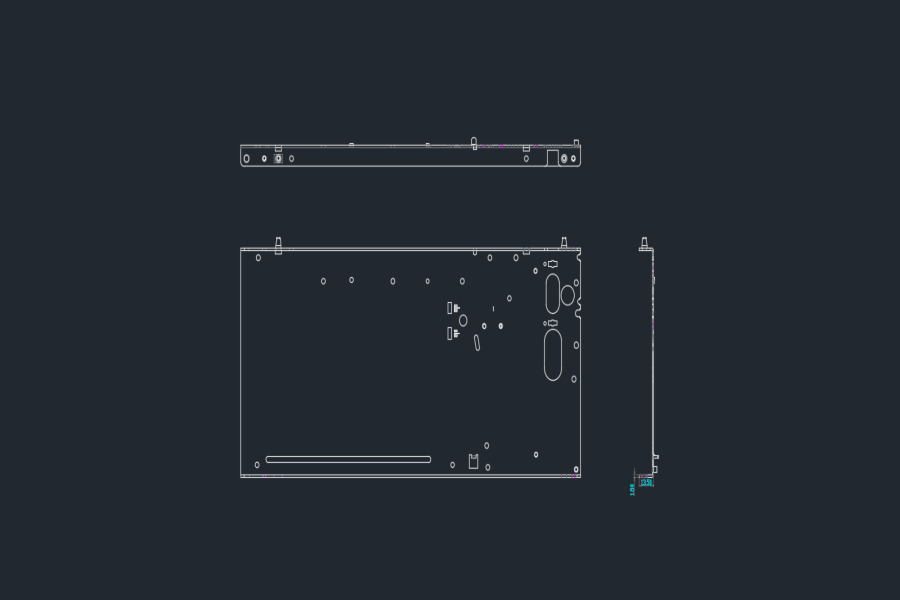
When did humans start using plastic injection molds?
The first patent for a plastic injection molding machine was issued in 1872, but the technology did not become widely used until the 1940s.
What fabric is suitable for plastic injection mold
The most common fabric used for plastic injection molding is polypropylene. This fabric is strong, durable, and resistant to most chemicals. It is also lightweight and easy to work with. Other fabrics that can be used for plastic injection molding include nylon, polyethylene, and polycarbonate.
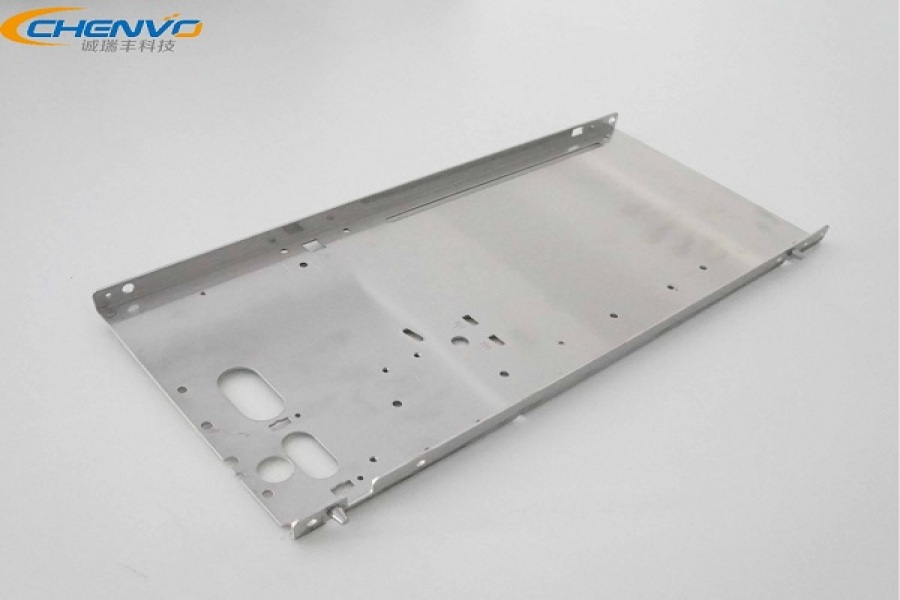
How to choose the best quality plastic injection mold manufacturer?
1. Research the company’s reputation: Check the company’s website, read customer reviews, and ask for references.
2. Ask about their experience: Make sure the company has experience in the type of plastic injection molding you need.
3. Check their quality control: Ask about their quality control processes and procedures.
4. Ask about their capabilities: Make sure the company has the capabilities to meet your needs.
5. Get a quote: Ask for a quote and compare it to other companies.
6. Ask about their turnaround time: Make sure the company can meet your timeline.
7. Ask about their customer service: Make sure the company is willing to answer your questions and provide support.
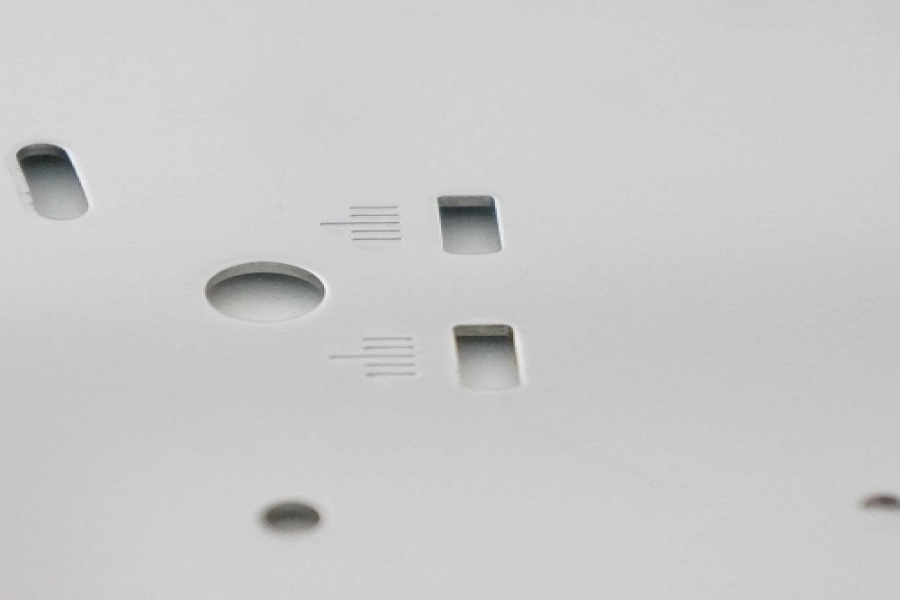
How do plastic injection mold manufacturers improve production quality?
1. Invest in high-quality materials: Plastic injection mold manufacturers should invest in high-quality materials to ensure the molds are durable and can withstand the high temperatures and pressures of the injection molding process.
2. Utilize advanced technology: Plastic injection mold manufacturers should use advanced technology such as CAD/CAM software and CNC machining to ensure precise and accurate molds.
3. Implement quality control measures: Plastic injection mold manufacturers should implement quality control measures such as inspections and testing to ensure the molds meet the required specifications.
4. Utilize experienced personnel: Plastic injection mold manufacturers should hire experienced personnel to ensure the molds are designed and manufactured correctly.
5. Utilize preventive maintenance: Plastic injection mold manufacturers should utilize preventive maintenance to ensure the molds are in good condition and can produce quality parts.
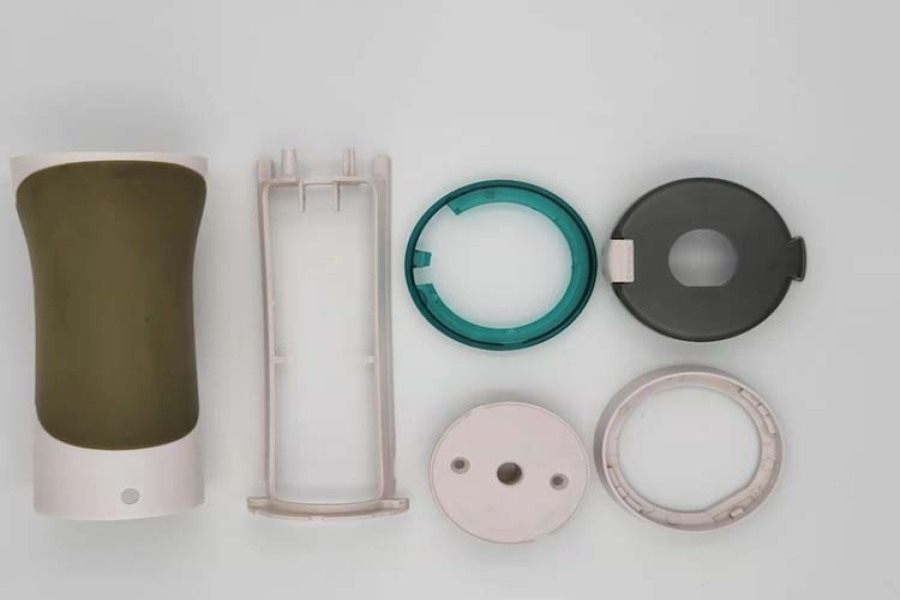
Which companies are more worthy of cooperation in purchasing plastic injection molds in China?
1. Taizhou Huangyan Huida Plastic Machinery Co., Ltd.
2. Taizhou Huangyan Yutong Mould Co., Ltd.
3. Taizhou Huangyan JMT Mould Co., Ltd.
4. Taizhou Huangyan Jingzheng Mould Co., Ltd.
5. Taizhou Huangyan Chenhang Mould Factory.
6. Taizhou Huangyan Xiongda Mould Co., Ltd.
7. Taizhou Huangyan Juxin Mould Co., Ltd.
8. Taizhou Huangyan Yixin Mould Co., Ltd.
9. Taizhou Huangyan Yixun Mould Co., Ltd.
10. Taizhou Huangyan Yijia Mould Co., Ltd.
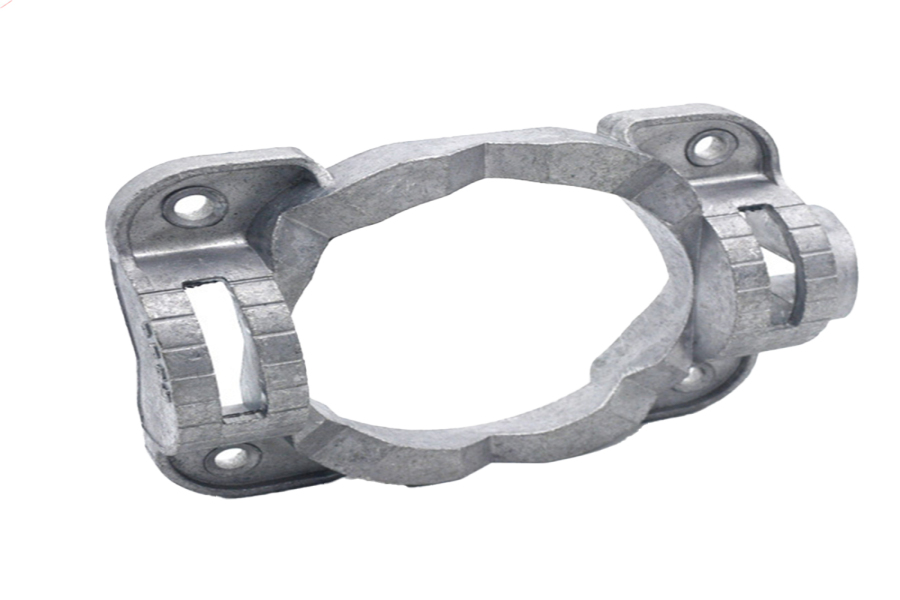
What is a plastic injection mold manufacturer?
A plastic injection mold manufacturer is a company that specializes in the production of plastic injection molds. These molds are used to create plastic parts and components for a variety of industries, including automotive, medical, and consumer products. The molds are typically made from steel or aluminum and are designed to create a specific shape or form. The plastic injection mold manufacturer will use a variety of processes to create the molds, including CNC machining, EDM, and injection molding.
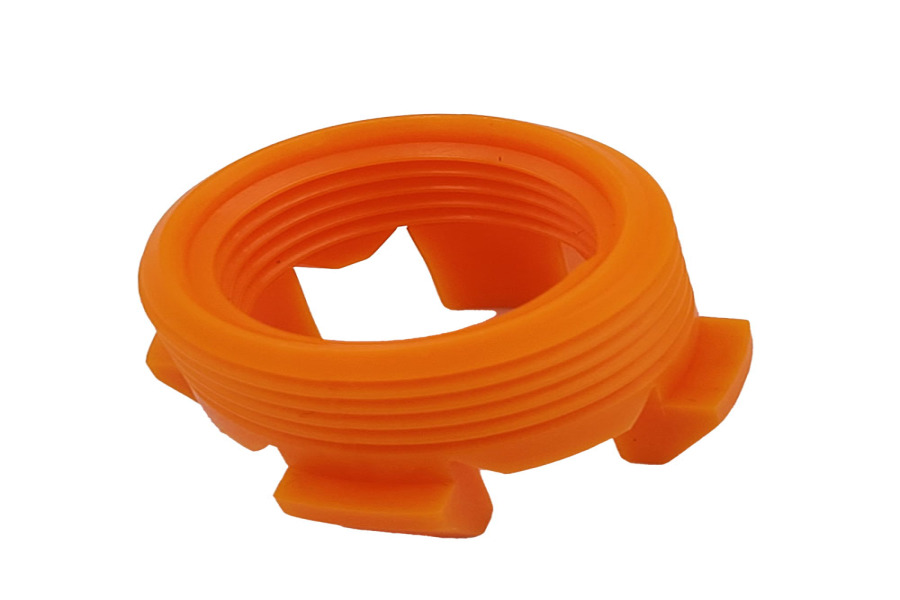
What products can plastic injection mold manufacturers produce?
Plastic injection mold manufacturers can produce a wide variety of products, including automotive parts, medical devices, consumer electronics, toys, and more. In addition, they can also produce custom parts and components for specific applications.
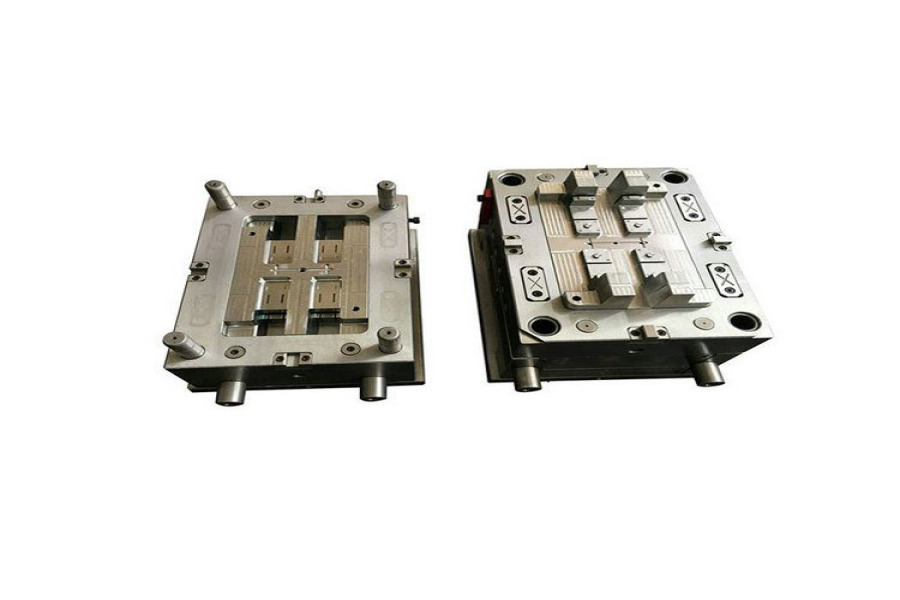
What are the specific requirements for plastic injection mold manufacturers?
1. Plastic injection mold manufacturers must have the necessary equipment and personnel to design and manufacture molds according to customer requirements.
2. They must have the necessary experience and expertise to produce high-quality molds.
3. They must have the necessary quality control systems in place to ensure that the molds meet customer specifications.
4. They must have the necessary resources to produce molds in a timely manner.
5. They must have the necessary safety protocols in place to ensure the safety of their employees and customers.
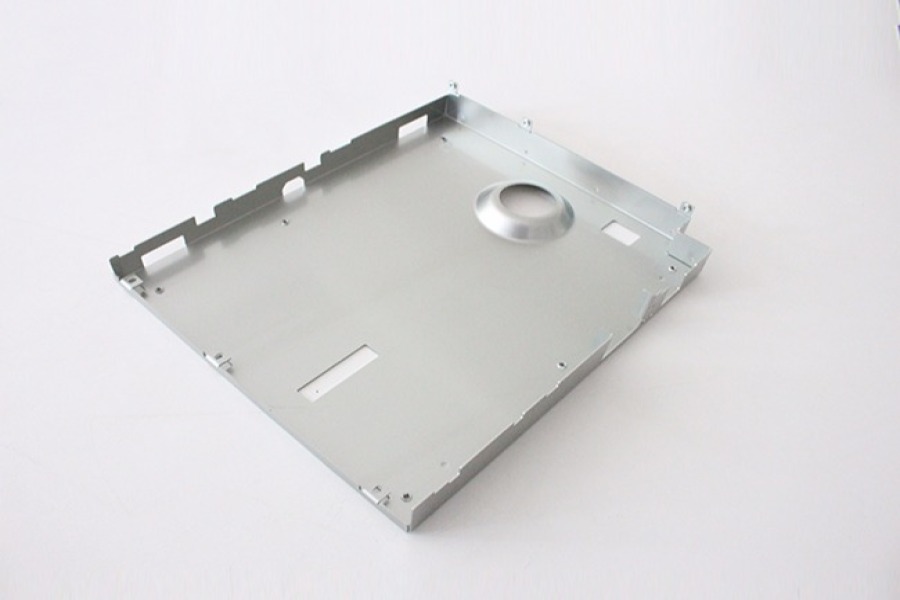
Analysis on the layout of plastic injection mold manufacturers in China's industrial chain
China's plastic injection mold industry is an important part of the country's manufacturing industry. It is an important part of the industrial chain of the plastic industry. The layout of the plastic injection mold industry in China is mainly concentrated in the Pearl River Delta, Yangtze River Delta and Bohai Rim regions. These three regions are the most developed regions in China and have the most complete industrial chain.
In the Pearl River Delta region, the plastic injection mold industry is mainly concentrated in Shenzhen, Dongguan, Foshan, Zhongshan and other cities. These cities have a complete industrial chain, including mold design, mold manufacturing, injection molding, and product assembly. The industry has a large number of professional plastic injection mold manufacturers, and the industry is highly competitive.
In the Yangtze River Delta region, the plastic injection mold industry is mainly concentrated in Shanghai, Suzhou, Wuxi, Ningbo and other cities. These cities have a complete industrial chain, including mold design, mold manufacturing, injection molding, and product assembly. The industry has a large number of professional plastic injection mold manufacturers, and the industry is highly competitive.
In the Bohai Rim region, the plastic injection mold industry is mainly concentrated in Beijing, Tianjin, Shijiazhuang and other cities. These cities have a complete industrial chain, including mold design, mold manufacturing, injection molding, and product assembly. The industry has a large number of professional plastic injection mold manufacturers, and the industry is highly competitive.
Overall, the plastic injection mold industry in China is highly competitive and has a complete industrial chain. The industry is mainly concentrated in the Pearl River Delta, Yangtze River Delta and Bohai Rim regions. These three regions have the most complete industrial chain and the most professional plastic injection mold manufacturers.
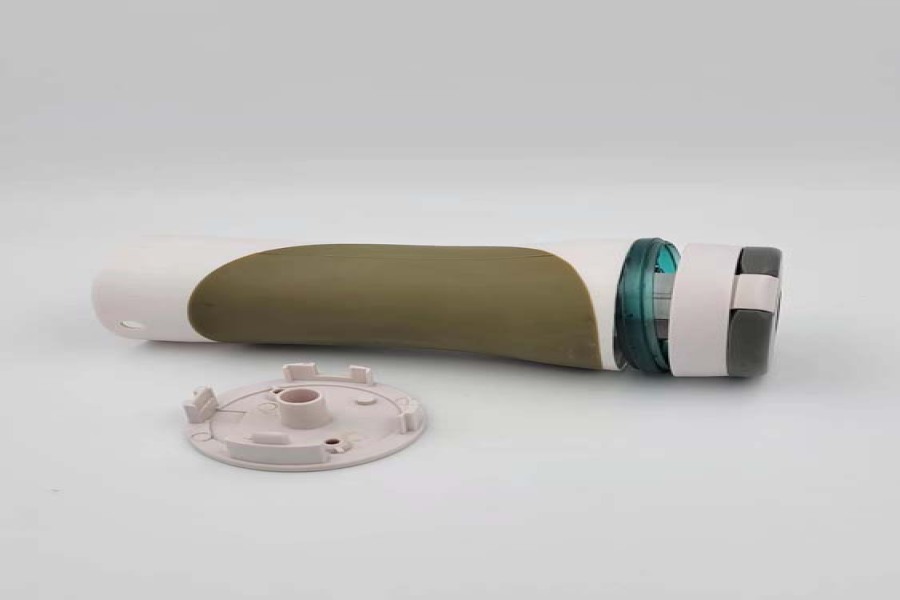
What production equipment do plastic injection mold manufacturers need?
Plastic injection mold manufacturers need a variety of production equipment, including injection molding machines, CNC machines, EDM machines, grinding machines, milling machines, lathes, and other specialized equipment. They also need auxiliary equipment such as air compressors, chillers, and dryers.
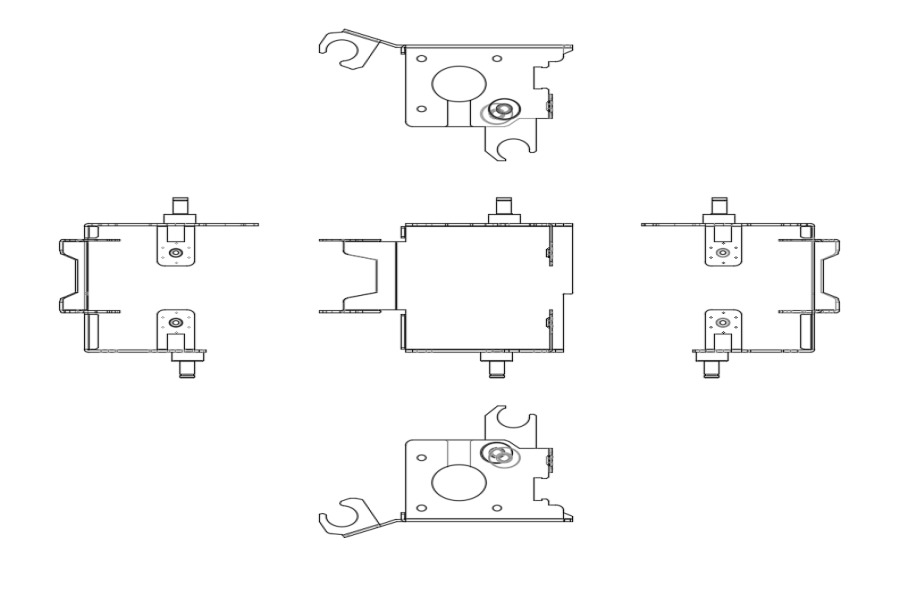
Plastic injection mold manufacturers production equipment maintenance content?
1. Regularly check the lubrication of the injection molding machine and the lubrication of the guide rail and screw.
2. Regularly check the wear of the mold and the wear of the guide rail and screw.
3. Regularly check the temperature of the injection molding machine and the temperature of the mold.
4. Regularly check the pressure of the injection molding machine and the pressure of the mold.
5. Regularly check the cleanliness of the injection molding machine and the cleanliness of the mold.
6. Regularly check the electrical system of the injection molding machine and the electrical system of the mold.
7. Regularly check the safety protection system of the injection molding machine and the safety protection system of the mold.
8. Regularly check the cooling system of the injection molding machine and the cooling system of the mold.
9. Regularly check the molding parameters of the injection molding machine and the molding parameters of the mold.
10. Regularly check the molding cycle of the injection molding machine and the molding cycle of the mold.
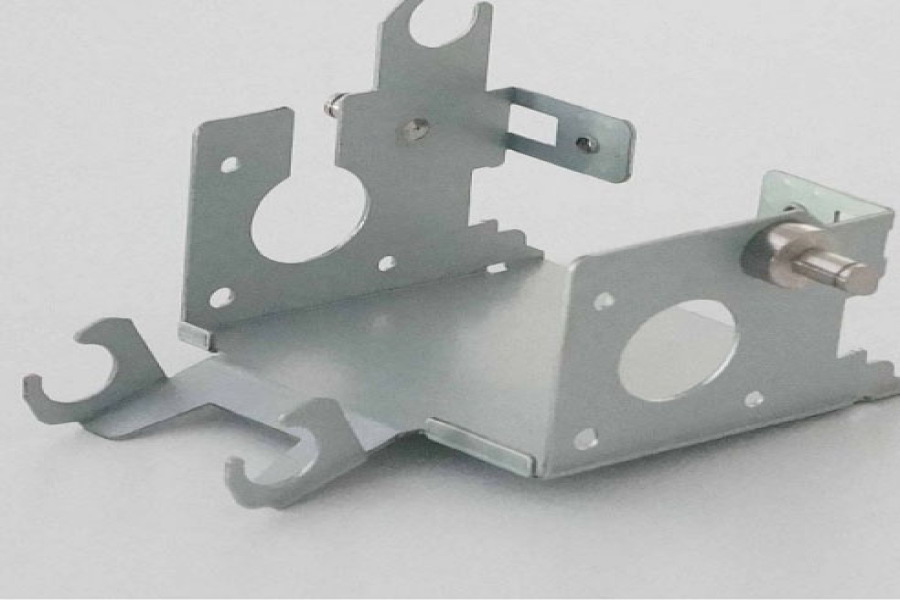
Plastic injection mold manufacturers produce equipment, how to improve equipment management efficiency
1. Establish a complete equipment management system: Establish a complete equipment management system, including equipment registration, equipment maintenance, equipment use, equipment inventory, equipment repair, equipment disposal, etc.
2. Establish a unified equipment management platform: Establish a unified equipment management platform to facilitate the unified management of equipment information, and improve the efficiency of equipment management.
3. Strengthen the training of equipment management personnel: Strengthen the training of equipment management personnel, improve their professional knowledge and skills, and ensure the effective implementation of equipment management.
4. Establish a scientific and reasonable equipment maintenance system: Establish a scientific and reasonable equipment maintenance system, formulate a reasonable maintenance plan, and ensure the normal operation of the equipment.
5. Strengthen the supervision of equipment management: Strengthen the supervision of equipment management, and timely discover and solve problems in the management of equipment.
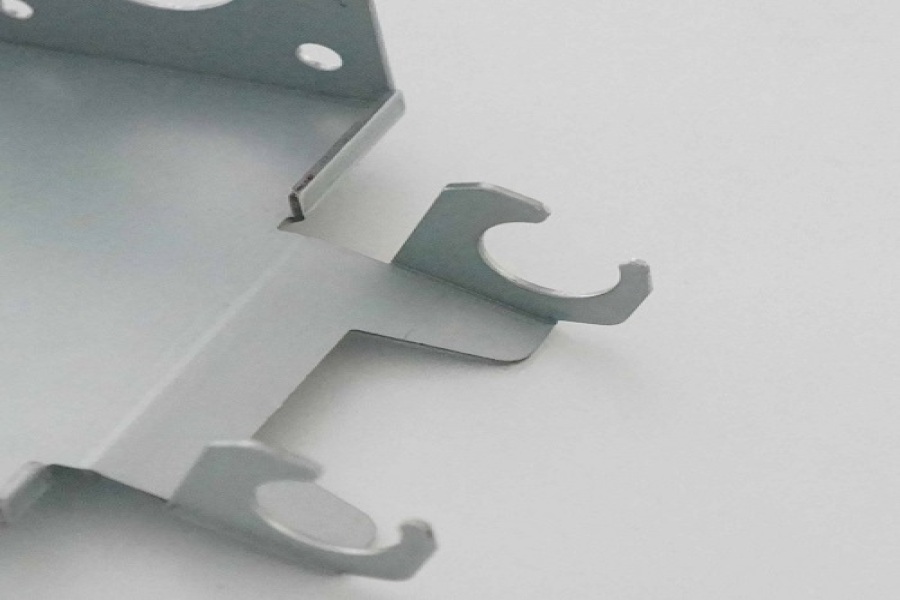
Production scale and capacity of plastic injection mold manufacturers
The scale and capacity of plastic injection mold manufacturers vary greatly depending on the size of the company and the type of products they produce. Some manufacturers may specialize in producing small parts and components, while others may have the capacity to produce large-scale parts and components. The size of the injection molding machines used by the manufacturer will also affect the scale and capacity of the production. Generally, larger machines can produce larger parts and components in higher volumes.
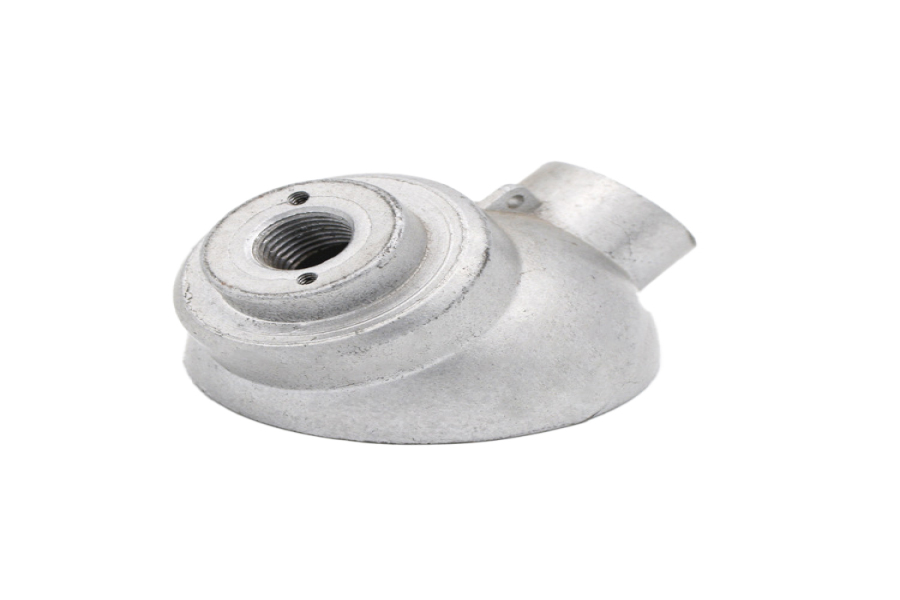
Advantages and development direction of plastic injection mold manufacturers
1. Advantages:
(1) Plastic injection mold manufacturers have a wide range of products, which can meet the needs of different customers.
(2) The production process of plastic injection mold manufacturers is relatively mature, and the quality of the products is guaranteed.
(3) The price of plastic injection mold manufacturers is relatively low, and the cost performance is relatively high.
2. Development direction:
(1) Strengthen the research and development of new products, and strive to develop more products with higher performance and better quality.
(2) Strengthen the research and development of new technologies, and strive to improve the production efficiency and reduce the production cost.
(3) Strengthen the research and development of new materials, and strive to develop more environmentally friendly and energy-saving products.
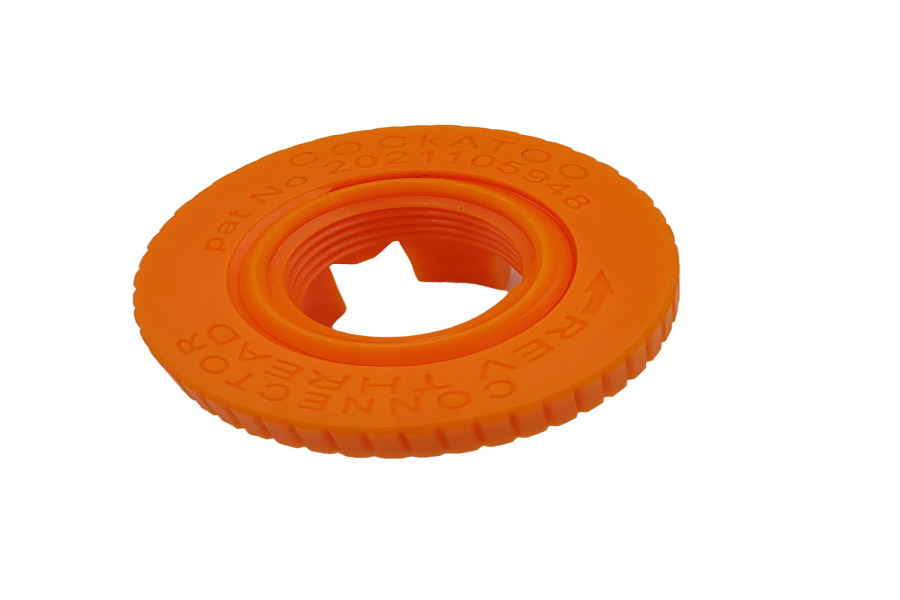
Analysis of R&D Capabilities of Global Plastic Injection Mold Manufacturers
The global plastic injection mold manufacturing industry is highly competitive and requires a high level of research and development (R&D) capabilities to remain competitive. Companies must continually innovate and develop new technologies and processes to stay ahead of the competition. This analysis will examine the R&D capabilities of global plastic injection mold manufacturers and identify the key factors that contribute to their success.
The first factor to consider is the level of investment in R&D. Companies that invest heavily in R&D are more likely to develop new technologies and processes that can give them a competitive edge. Companies that invest in R&D are also more likely to have access to the latest technologies and processes, which can help them stay ahead of the competition.
The second factor to consider is the level of expertise and experience of the R&D team. Companies that have experienced and knowledgeable R&D teams are more likely to develop innovative solutions and processes that can give them a competitive edge. Companies that have access to experienced and knowledgeable R&D teams are also more likely to have access to the latest technologies and processes, which can help them stay ahead of the competition.
The third factor to consider is the level of collaboration between the R&D team and other departments. Companies that have strong collaboration between the R&D team and other departments are more likely to develop innovative solutions and processes that can give them a competitive edge. Companies that have access to experienced and knowledgeable R&D teams are also more likely to have access to the latest technologies and processes, which can help them stay ahead of the competition.
Finally, the fourth factor to consider is the level of customer feedback. Companies that actively seek customer feedback and use it to improve their products and processes are more likely to develop innovative solutions and processes that can give them a competitive edge. Companies that have access to experienced and knowledgeable R&D teams are also more likely to have access to the latest technologies and processes, which can help them stay ahead of the competition.
Overall, the key factors that contribute to the success of global plastic injection mold manufacturers are the level of investment in R&D, the level of expertise and experience of the R&D team, the level of collaboration between the R&D team and other departments, and the level of customer feedback. Companies that invest heavily in R&D, have experienced and knowledgeable R&D teams, have strong collaboration between the R&D team and other departments, and actively seek customer feedback are more likely to develop innovative solutions and processes that can give them a competitive edge.
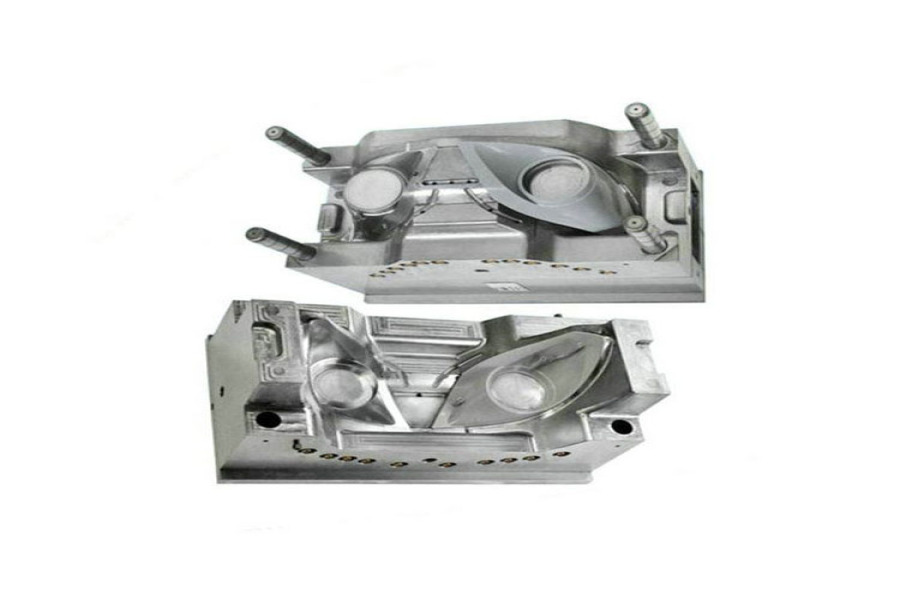
Matters needing attention in the development of raw material supply chain for plastic injection mold manufacturers
1. Establish a stable and reliable raw material supply chain: It is important to establish a stable and reliable raw material supply chain for plastic injection mold manufacturers. This includes finding reliable suppliers, negotiating favorable terms, and ensuring that the raw materials are of high quality and delivered on time.
2. Monitor the quality of raw materials: Quality control is essential for plastic injection mold manufacturers. It is important to monitor the quality of raw materials to ensure that they meet the required standards.
3. Develop a cost-effective supply chain: It is important to develop a cost-effective supply chain for plastic injection mold manufacturers. This includes finding the most cost-effective suppliers, negotiating favorable terms, and ensuring that the raw materials are delivered on time.
4. Utilize technology to improve efficiency: Technology can be used to improve the efficiency of the raw material supply chain for plastic injection mold manufacturers. This includes using software to track orders, automate processes, and reduce costs.
5. Develop a sustainable supply chain: It is important to develop a sustainable supply chain for plastic injection mold manufacturers. This includes finding suppliers that use sustainable practices, reducing waste, and using renewable energy sources.
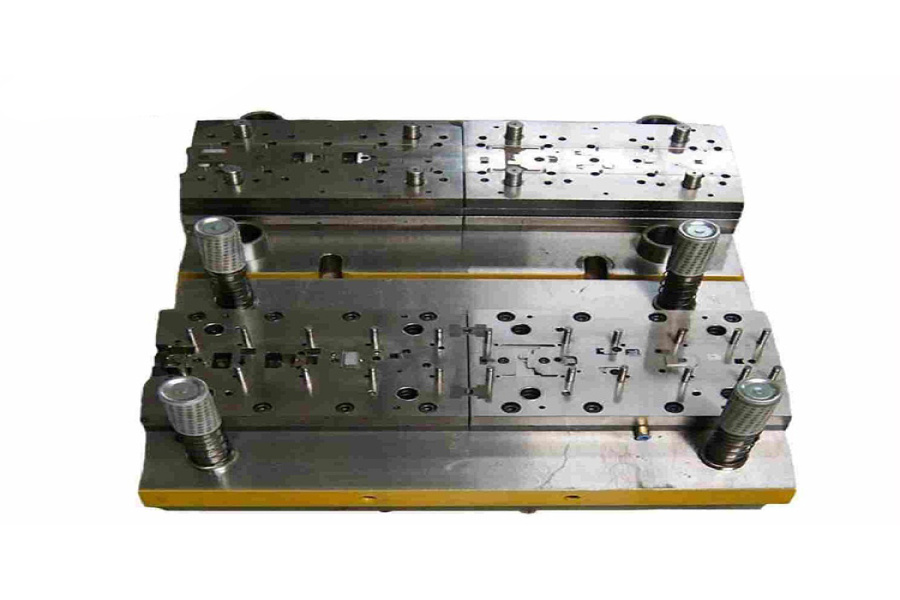
Instructions for cooperation with plastic injection mold manufacturers
1. Provide Clear Specifications: Before you start working with a plastic injection mold manufacturer, you should provide them with clear specifications for the product you need. This should include the size, shape, material, and any other details that are important for the product.
2. Discuss Your Budget: It is important to discuss your budget with the plastic injection mold manufacturer before you start the project. This will help you to ensure that you are getting the best value for your money.
3. Ask for Samples: Ask the plastic injection mold manufacturer to provide you with samples of their work. This will help you to get an idea of the quality of their work and the materials they use.
4. Discuss the Timeline: Discuss the timeline for the project with the plastic injection mold manufacturer. This will help you to ensure that the project is completed on time and within your budget.
5. Ask for a Warranty: Ask the plastic injection mold manufacturer for a warranty on their work. This will help to ensure that you are getting a quality product that will last for a long time.
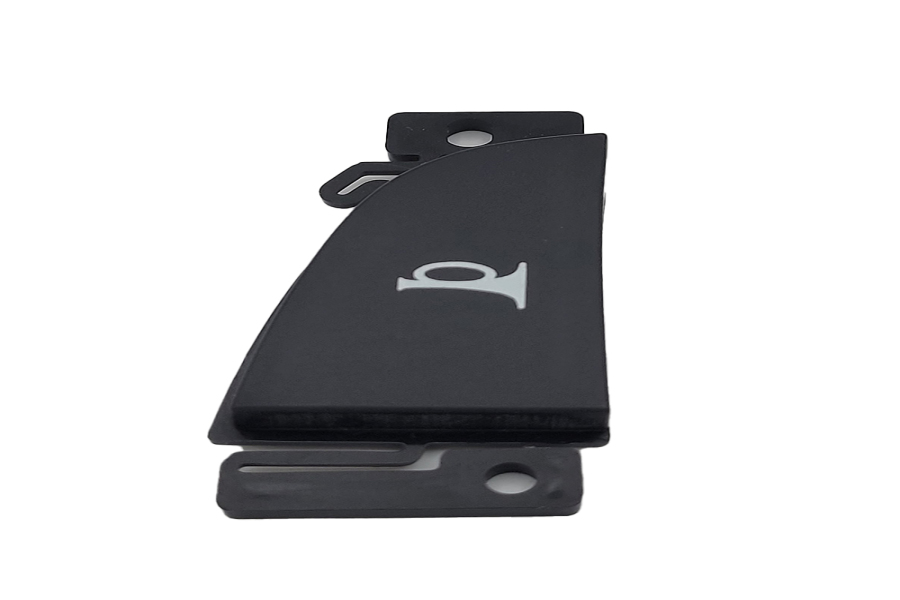
Production Technology Coverage of Plastic Injection Mold Manufacturers
Plastic injection molding is a manufacturing process for producing parts from both thermoplastic and thermosetting plastic materials. It is typically used in mass-production processes where the same part is being created thousands or even millions of times in succession. The process involves the use of a machine, typically referred to as an injection molding machine, which consists of two main parts: the injection unit and the clamping unit. The injection unit melts the plastic material and injects it into the mold, while the clamping unit holds the mold closed during the injection process and opens it once the part has cooled and solidified.
Plastic injection mold manufacturers are companies that specialize in the design and production of injection molds for the plastic injection molding process. These companies typically employ a team of engineers and technicians who are experienced in the design and production of injection molds. They are also responsible for the maintenance and repair of the molds, as well as the production of the parts themselves.
When selecting a plastic injection mold manufacturer, it is important to consider the company's experience and expertise in the field. It is also important to consider the company's reputation and customer service. Additionally, it is important to consider the company's ability to meet deadlines and provide quality parts. Finally, it is important to consider the company's pricing structure and the types of materials they use in their molds.
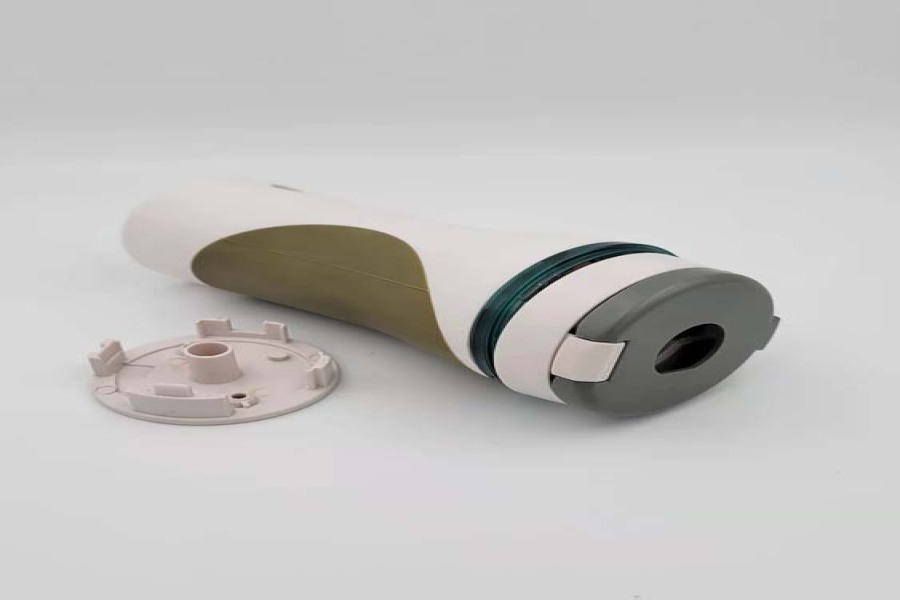
Detailed explanation of the production process of plastic injection mold manufacturers
Plastic injection molding is a manufacturing process for producing parts from both thermoplastic and thermosetting plastic materials. The process involves melting the material, injecting it into a mold, and then cooling and solidifying it. The process is very versatile and can produce a wide variety of parts with complex geometries.
1. Design: The first step in the plastic injection molding process is the design of the mold. This is done by a mold designer who creates a 3D model of the part to be molded. The model is then used to create a mold that will produce the desired part.
2. Tooling: Once the design is complete, the mold is machined from metal. This is done using CNC machines and other specialized equipment. The mold is then tested to ensure that it produces parts that meet the design specifications.
3. Material Selection: The next step is to select the material that will be used for the injection molding process. This is done by considering the properties of the material, such as its strength, flexibility, and heat resistance.
4. Melting: The material is then melted in an injection molding machine. The molten material is then injected into the mold at high pressure.
5. Cooling: After the material is injected into the mold, it is cooled to solidify it. This is done by circulating coolant through the mold.
6. Ejection: Once the part is cooled and solidified, it is ejected from the mold.
7. Finishing: The part may then be subjected to additional finishing processes, such as painting, plating, or assembly.
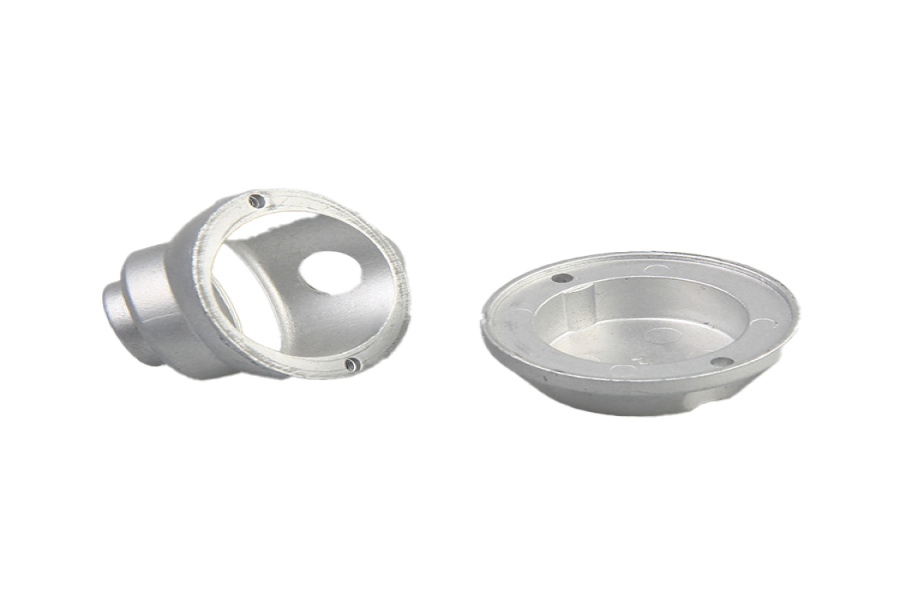
Plastic injection mold manufacturer production line
A plastic injection mold manufacturer typically has a production line that includes the following steps:
1. Design: The first step in the production process is to design the mold. This involves creating a 3D model of the part that will be molded. The design must take into account the material properties, the desired shape, and the injection molding process.
2. Tooling: Once the design is complete, the mold is created using specialized tooling machines. This process involves cutting, drilling, and grinding the mold to the exact specifications of the design.
3. Injection Molding: The next step is to inject the plastic material into the mold. This is done using an injection molding machine, which is a specialized machine that heats and injects the plastic into the mold.
4. Finishing: After the plastic has been injected into the mold, it is cooled and removed from the mold. The part is then trimmed and finished to the desired specifications.
5. Quality Control: The final step in the production process is quality control. This involves inspecting the parts for any defects or imperfections. If any are found, they are corrected before the parts are shipped to the customer.
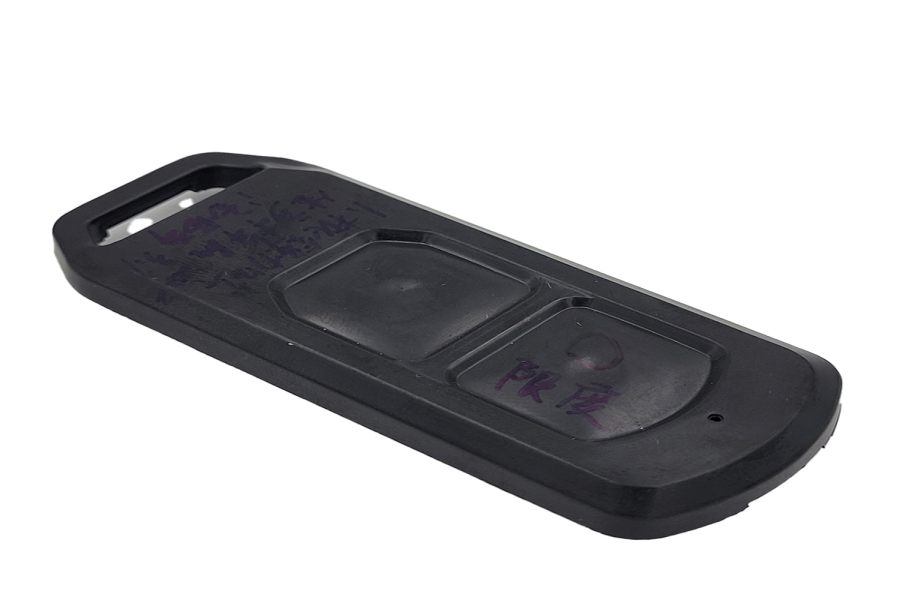
Production profit of plastic injection mold manufacturers
The profit of plastic injection mold manufacturers depends on a variety of factors, including the complexity of the mold, the number of molds produced, the cost of materials, and the cost of labor. Generally speaking, the profit margins for plastic injection mold manufacturers can range from 10-30%, depending on the above factors.
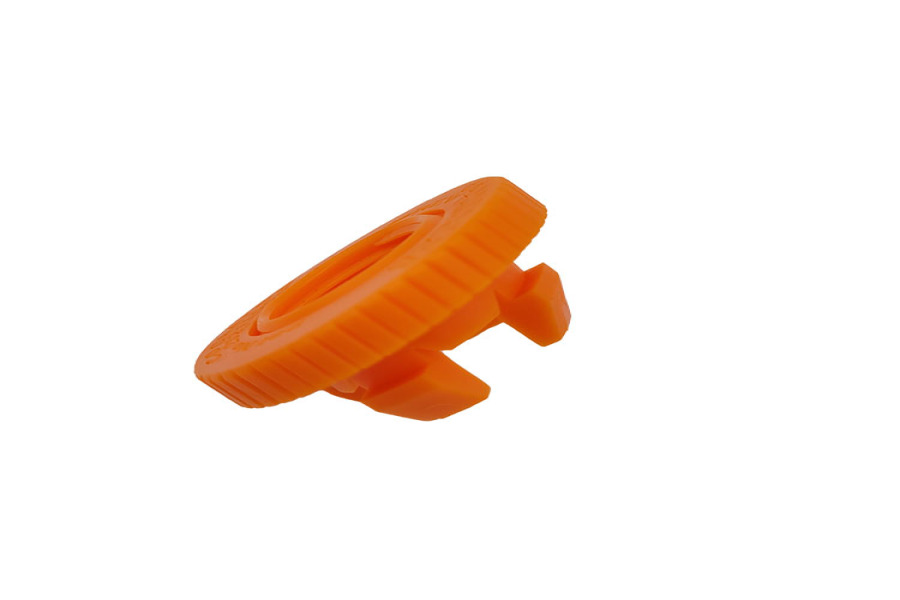
Production process coverage of plastic injection mold manufacturers
The plastic injection molding process typically involves the following steps:
1. Design: The plastic injection mold manufacturer will work with the customer to design the mold and create a 3D model.
2. Tooling: The mold is then machined from a block of metal, usually steel or aluminum.
3. Molding: The plastic pellets are heated and injected into the mold under high pressure.
4. Cooling: The plastic is allowed to cool and solidify in the mold.
5. Removal: The finished part is then removed from the mold.
6. Finishing: The part may then be trimmed, painted, or otherwise finished as required.
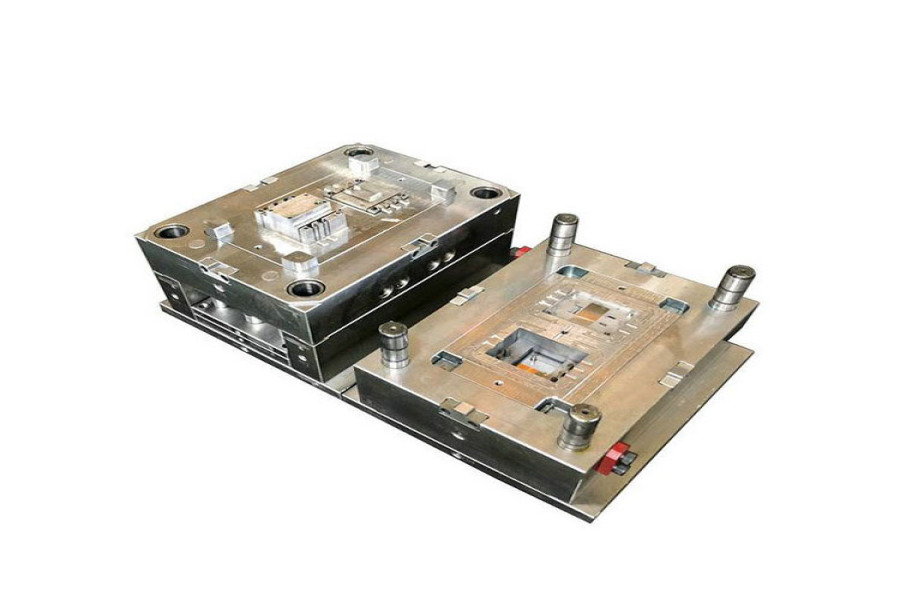
Production process management of plastic injection mold manufacturers
1. Design: The plastic injection mold manufacturer will design the mold according to the customer's product requirements.
2. Manufacturing: The plastic injection mold manufacturer will manufacture the mold according to the design.
3. Testing: The plastic injection mold manufacturer will test the mold to ensure that it meets the customer's requirements.
4. Assembly: The plastic injection mold manufacturer will assemble the mold and make any necessary adjustments.
5. Quality Control: The plastic injection mold manufacturer will inspect the mold to ensure that it meets the customer's requirements.
6. Delivery: The plastic injection mold manufacturer will deliver the mold to the customer.
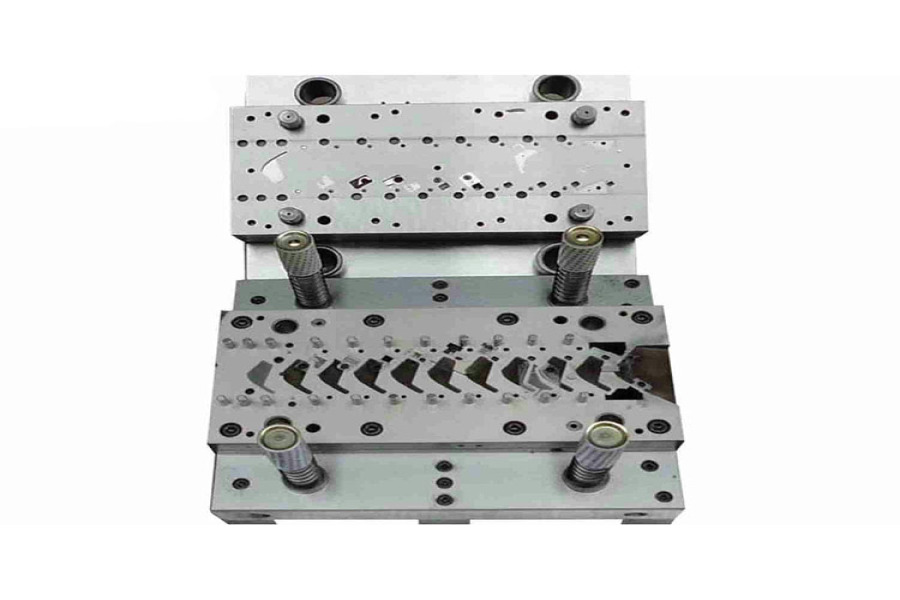
Plastic injection mold manufacturers need to meet the following environmental protection requirements
1. Comply with relevant environmental protection laws and regulations.
2. Establish and improve environmental management systems.
3. Strengthen environmental protection education and training for employees.
4. Reduce the use of hazardous materials and reduce emissions.
5. Adopt advanced environmental protection technologies and equipment.
6. Establish a sound environmental monitoring system.
7. Establish a sound environmental emergency response system.
8. Strengthen environmental protection publicity and education.
9. Strengthen environmental protection supervision and inspection.
10. Establish a sound environmental protection responsibility system.
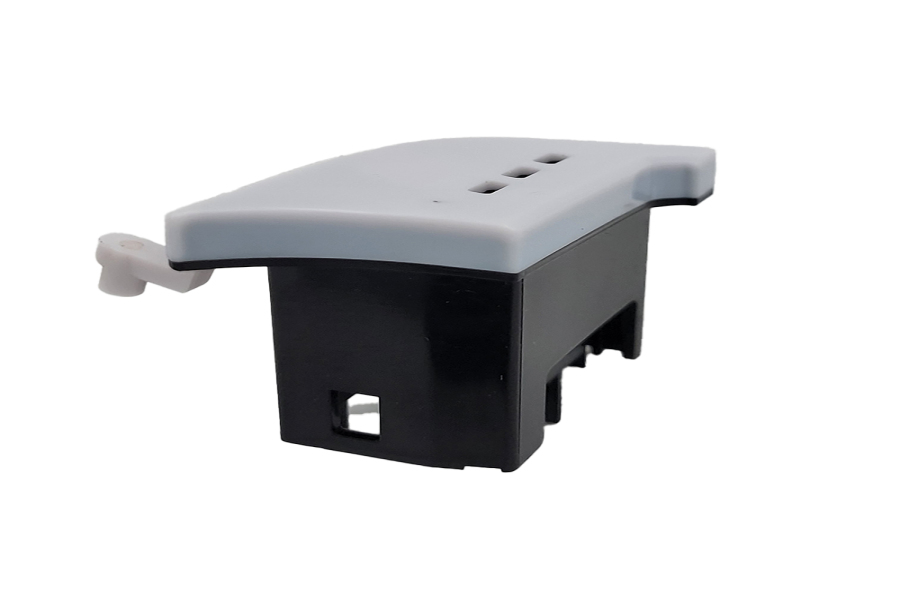
How to improve the manufacturing process of plastic injection mold manufacturers
1. Invest in advanced technology: Investing in advanced technology can help plastic injection mold manufacturers improve their manufacturing process. This includes investing in automated systems, 3D printing, and other advanced technologies.
2. Improve quality control: Quality control is essential for any manufacturing process. Plastic injection mold manufacturers should invest in quality control systems to ensure that their products meet the highest standards.
3. Streamline the production process: Streamlining the production process can help plastic injection mold manufacturers reduce costs and improve efficiency. This includes optimizing the workflow, reducing waste, and improving the overall efficiency of the production process.
4. Invest in training: Investing in training can help plastic injection mold manufacturers stay up to date with the latest technologies and techniques. This can help them improve their manufacturing process and produce higher quality products.
5. Invest in research and development: Investing in research and development can help plastic injection mold manufacturers stay ahead of the competition. This can help them develop new products and processes that can improve their manufacturing process.
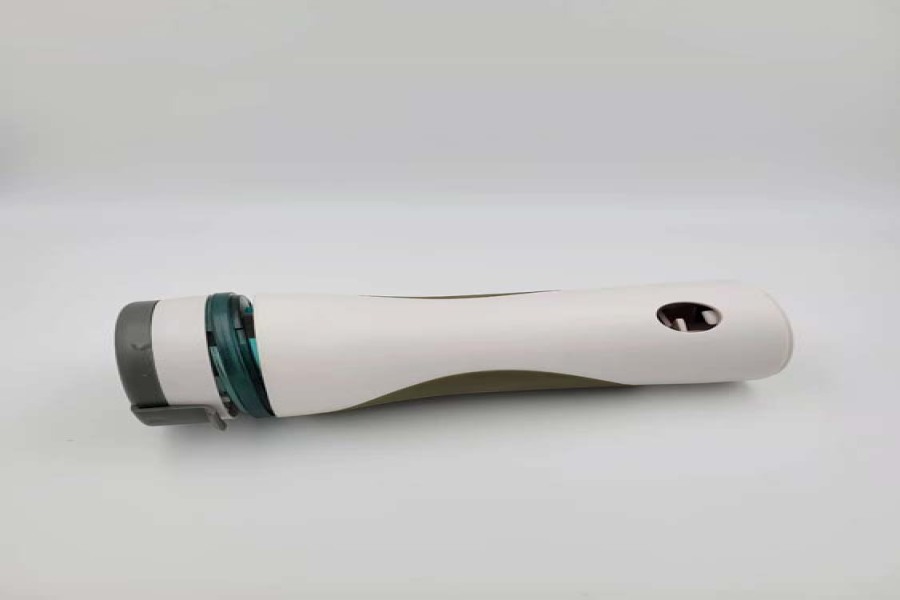
How Plastic Injection Mold Manufacturers Improve Production Efficiency
Plastic injection mold manufacturers are constantly looking for ways to improve production efficiency. Some of the most common methods used to increase efficiency include:
1. Automation: Automation is one of the most effective ways to increase production efficiency. Automation can be used to reduce labor costs, increase accuracy, and reduce waste. Automation can also be used to reduce the amount of time it takes to produce a product.
2. Lean Manufacturing: Lean manufacturing is a process that focuses on eliminating waste and improving efficiency. Lean manufacturing techniques can be used to reduce the amount of time it takes to produce a product, reduce costs, and improve quality.
3. Quality Control: Quality control is an important part of any manufacturing process. Quality control helps to ensure that products meet customer expectations and are free from defects. Quality control can also help to reduce waste and improve efficiency.
4. Process Improvement: Process improvement is a method of improving production efficiency by analyzing existing processes and making changes to improve them. Process improvement can help to reduce costs, improve quality, and reduce waste.
5. Technology: Technology can be used to improve production efficiency. Technology can be used to automate processes, reduce labor costs, and improve accuracy. Technology can also be used to reduce the amount of time it takes to produce a product.
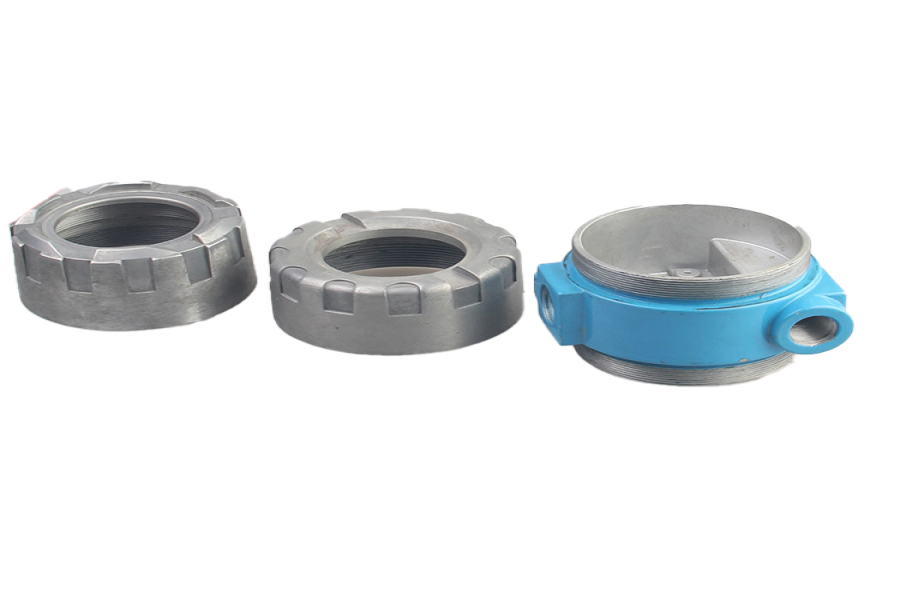
How do plastic injection mold manufacturers solve the application of new technologies
Plastic injection mold manufacturers are constantly researching and developing new technologies to improve the efficiency and accuracy of their molds. This includes the use of advanced computer-aided design (CAD) software, 3D printing, and other advanced manufacturing techniques. Additionally, many plastic injection mold manufacturers are investing in automation and robotics to further improve the accuracy and speed of their molds. Finally, many plastic injection mold manufacturers are also investing in research and development to explore new materials and processes that can be used to create more efficient and accurate molds.
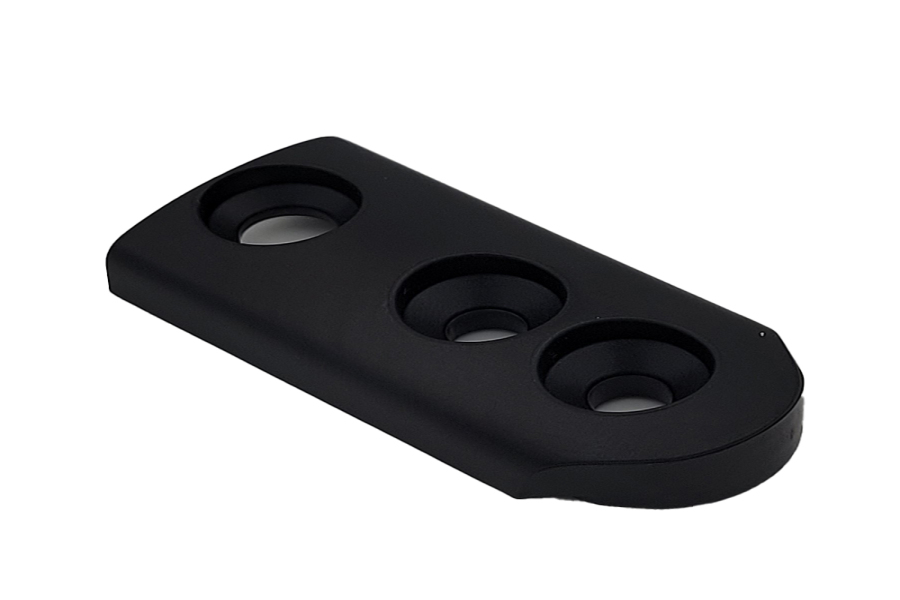
How Plastic Injection Mold Manufacturers Implement New Product Development
Plastic injection mold manufacturers use a variety of methods to implement new product development. The most common methods include:
1. Designing and creating a prototype: The first step in the process is to design and create a prototype of the product. This prototype is then tested and evaluated to ensure that it meets the desired specifications.
2. Tooling and molding: Once the prototype is approved, the plastic injection mold manufacturer will create the necessary tooling and molds to produce the product. This includes creating the injection mold, the injection molding machine, and the necessary materials.
3. Production: After the tooling and molds are created, the plastic injection mold manufacturer will begin the production process. This includes creating the product, testing it, and ensuring that it meets the desired specifications.
4. Quality control: The plastic injection mold manufacturer will also perform quality control tests to ensure that the product meets the desired specifications. This includes testing the product for strength, durability, and other factors.
5. Final product: Once the product has passed all of the necessary tests, the plastic injection mold manufacturer will package and ship the product to the customer.
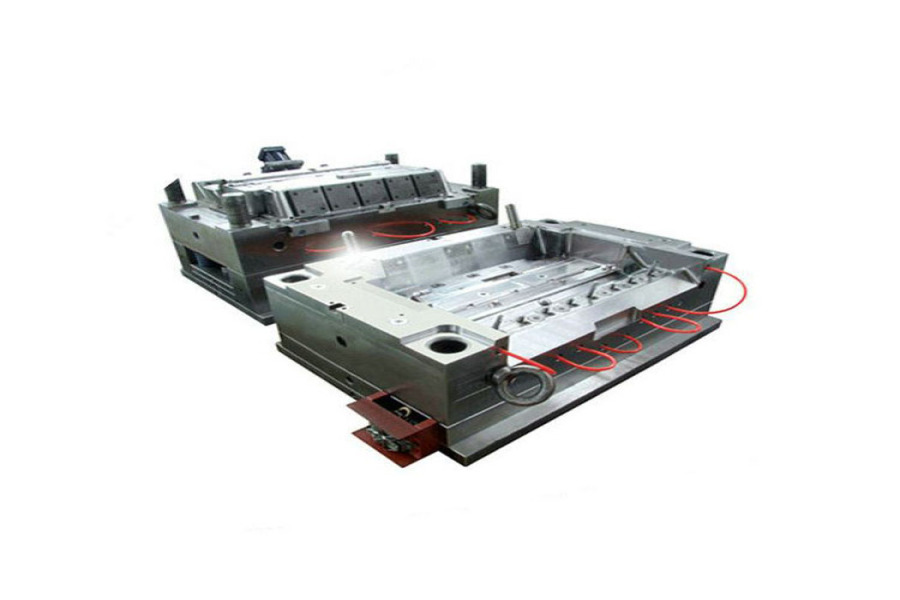
How Plastic Injection Mold Manufacturers Establish Perfect Supply Chain Management
1. Establish Clear Communication: Plastic injection mold manufacturers should establish clear communication with their suppliers and customers. This will help them to understand the needs of their customers and suppliers and ensure that they are able to meet their requirements.
2. Develop a Comprehensive Quality Control System: Plastic injection mold manufacturers should develop a comprehensive quality control system to ensure that their products meet the highest standards. This should include regular inspections and testing of the molds and materials used in the production process.
3. Utilize Automation: Automation can help plastic injection mold manufacturers to streamline their production process and reduce costs. Automation can also help to reduce errors and improve the quality of the products.
4. Utilize Technology: Plastic injection mold manufacturers should utilize the latest technology to improve their production process. This includes using computer-aided design (CAD) software to design molds and using 3D printing to create prototypes.
5. Establish a Logistics System: Plastic injection mold manufacturers should establish a logistics system to ensure that their products are delivered on time and in the right condition. This should include tracking systems and efficient delivery methods.
6. Establish a Risk Management System: Plastic injection mold manufacturers should establish a risk management system to identify and mitigate potential risks. This should include identifying potential risks and developing strategies to reduce or eliminate them.
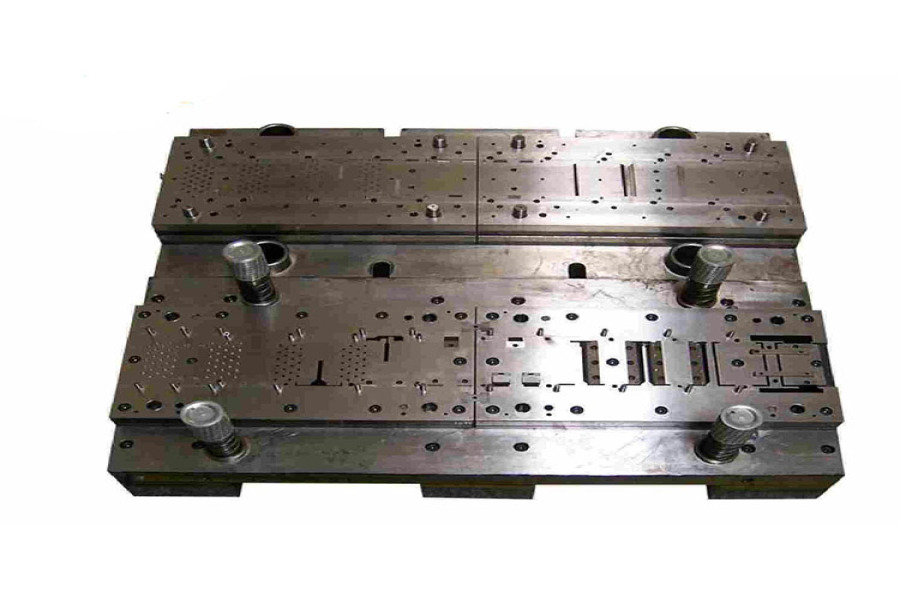
Plastic injection mold manufacturer service and quality system
Plastic injection mold manufacturers provide a variety of services, including design, engineering, prototyping, tooling, production, and assembly. Quality systems are in place to ensure that the products they produce meet customer requirements and industry standards.
Design: Plastic injection mold manufacturers provide design services to create a product that meets customer requirements. This includes creating a 3D model of the product, selecting the right materials, and determining the best manufacturing process.
Engineering: Plastic injection mold manufacturers use engineering services to ensure that the product meets customer requirements and industry standards. This includes designing the mold, selecting the right injection molding machine, and optimizing the process for the best results.
Prototyping: Plastic injection mold manufacturers provide prototyping services to create a prototype of the product. This allows customers to test the product before it goes into production.
Tooling: Plastic injection mold manufacturers provide tooling services to create the molds used in the injection molding process. This includes designing the mold, selecting the right materials, and machining the mold to the desired specifications.
Production: Plastic injection mold manufacturers provide production services to produce the product. This includes setting up the injection molding machine, running the process, and inspecting the product for quality.
Assembly: Plastic injection mold manufacturers provide assembly services to assemble the product. This includes assembling the components, testing the product, and packaging the product for shipment.
Quality Systems: Plastic injection mold manufacturers have quality systems in place to ensure that the products they produce meet customer requirements and industry standards. This includes inspecting the product for defects, testing the product for performance, and documenting the process.
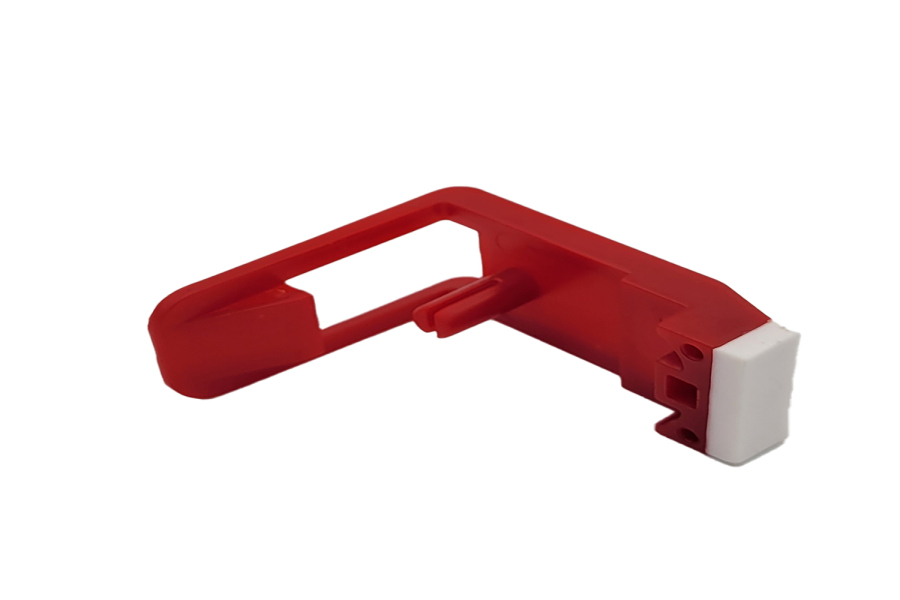
What are the services of plastic injection mold manufacturers?
1. Design and engineering services: Plastic injection mold manufacturers provide design and engineering services to help customers develop the best product design for their needs. This includes CAD/CAM design, 3D printing, and prototyping.
2. Mold making services: Plastic injection mold manufacturers provide mold making services to create the molds used in the injection molding process. This includes CNC machining, EDM, and other mold making processes.
3. Injection molding services: Plastic injection mold manufacturers provide injection molding services to produce the parts and components needed for a variety of applications. This includes the injection molding of thermoplastics, thermosets, and elastomers.
4. Assembly services: Plastic injection mold manufacturers provide assembly services to assemble the parts and components produced by the injection molding process. This includes manual and automated assembly processes.
5. Quality control services: Plastic injection mold manufacturers provide quality control services to ensure that the parts and components produced meet the customer’s specifications. This includes visual inspection, dimensional inspection, and other quality control processes.
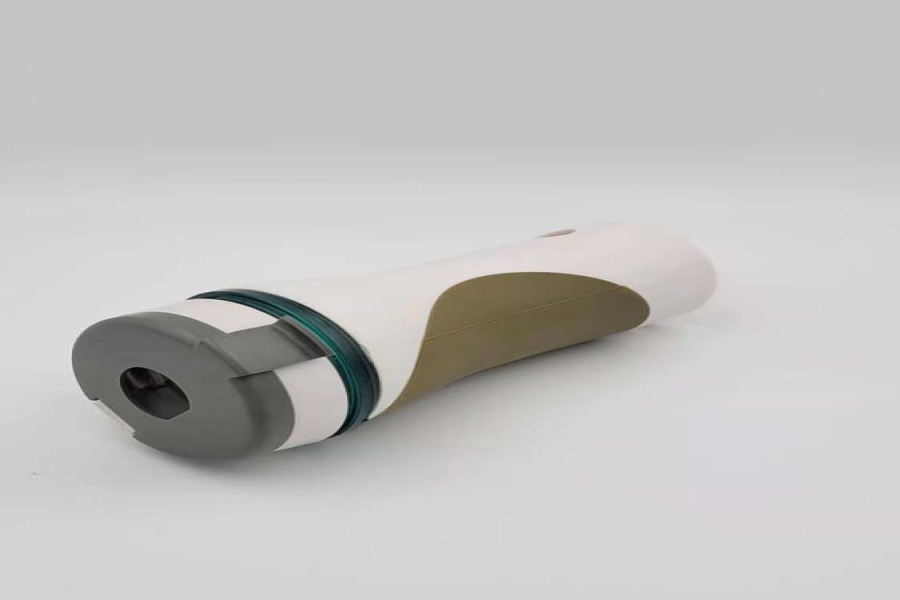
How to improve the quality of plastic injection mold manufacturers
1. Invest in high-quality equipment: Investing in high-quality plastic injection molding equipment is essential for producing quality parts. Investing in the latest technology and equipment will ensure that your parts are produced with the highest level of accuracy and precision.
2. Utilize quality control measures: Quality control measures should be implemented throughout the entire production process. This includes inspecting the raw materials, monitoring the injection molding process, and performing post-molding inspections.
3. Hire experienced personnel: Hiring experienced personnel is essential for producing quality parts. Experienced personnel will be able to identify potential issues and take corrective action to ensure that the parts are produced to the highest quality standards.
4. Utilize advanced software: Advanced software can be used to monitor the injection molding process and ensure that the parts are produced to the highest quality standards. This software can also be used to analyze the data from the injection molding process and identify potential issues.
5. Invest in training: Investing in training for your personnel is essential for producing quality parts. Training your personnel on the latest injection molding techniques and technologies will ensure that they are able to produce the highest quality parts.
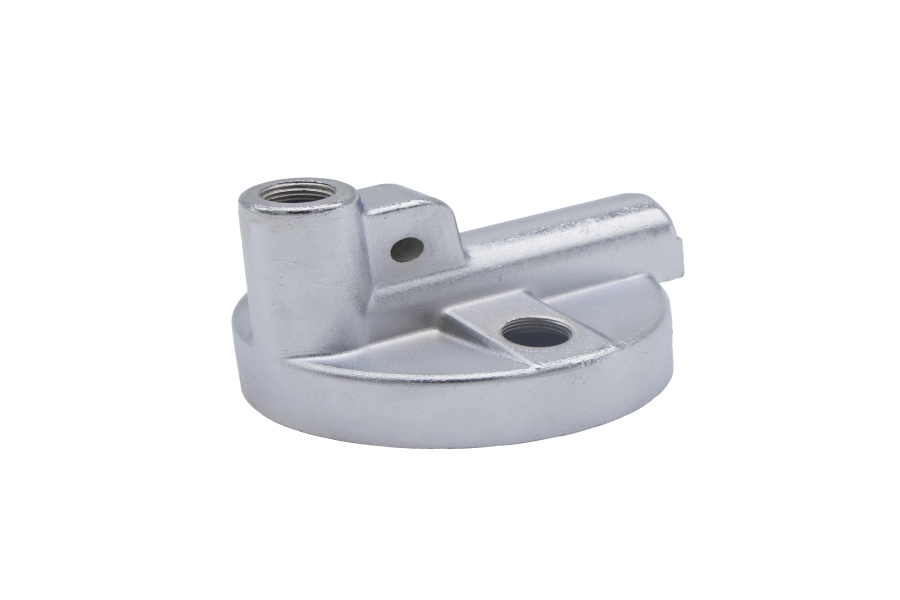
Plastic injection mold manufacturers industry research and development direction
1. Automation: Automation is becoming increasingly important in the plastic injection molding industry. Automation can help reduce costs, improve efficiency, and increase product quality. Automation can also help reduce labor costs and improve safety.
2. Design: Design is an important factor in the success of a plastic injection molding project. Companies must ensure that their designs are optimized for the injection molding process. This includes considering the material, the mold design, and the injection molding process.
3. Materials: The materials used in plastic injection molding are constantly evolving. Companies must stay up to date on the latest materials and technologies to ensure that their products are of the highest quality.
4. Quality Control: Quality control is essential in the plastic injection molding industry. Companies must ensure that their products meet the highest standards of quality. This includes testing the products for defects and ensuring that the products meet the customer’s specifications.
5. Cost Reduction: Cost reduction is an important goal for plastic injection molding companies. Companies must find ways to reduce costs while still producing high-quality products. This includes finding ways to reduce material costs, labor costs, and energy costs.

Customer group and service level of plastic injection mold manufacturers
The customer group of plastic injection mold manufacturers typically includes industrial manufacturers, automotive manufacturers, medical device manufacturers, and consumer product manufacturers. The service level of plastic injection mold manufacturers typically includes design and engineering services, prototyping services, production services, and post-production services.
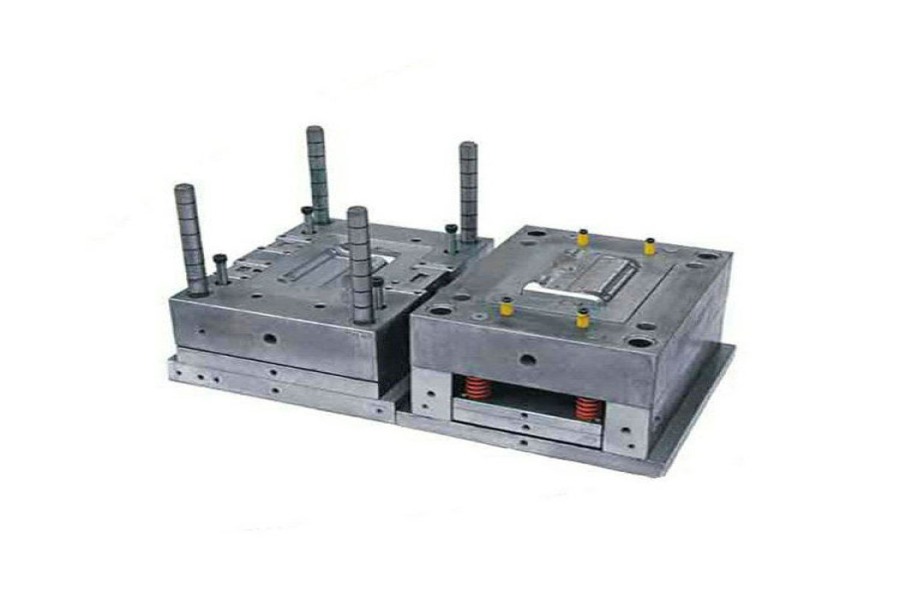
Plastic injection mold manufacturers after-sales compensation terms
The after-sales compensation terms of plastic injection mold manufacturers vary depending on the specific manufacturer. Generally, the after-sales compensation terms include the following:
1. Warranty period: The warranty period is usually one year from the date of delivery. During the warranty period, the manufacturer will repair or replace any defective parts free of charge.
2. Repair or replacement: If the mold is damaged due to improper use or other reasons, the manufacturer will repair or replace the mold at the customer's expense.
3. Maintenance: The manufacturer will provide regular maintenance services for the mold, such as cleaning, lubrication, and adjustment.
4. Technical support: The manufacturer will provide technical support to the customer, such as providing technical advice and troubleshooting.
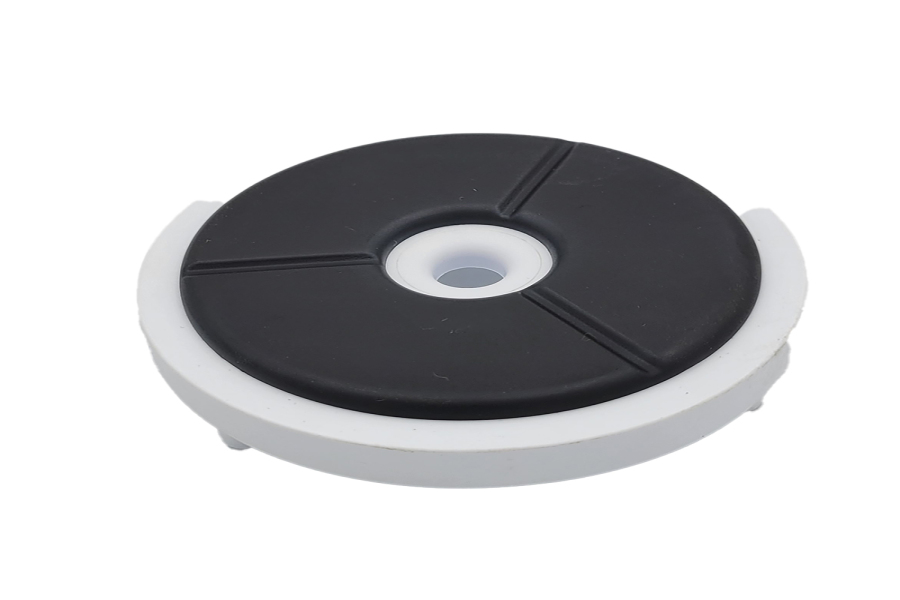
What services are included in the after-sales service of plastic injection mold manufacturers
After-sales service of plastic injection mold manufacturers typically includes:
1. Mold maintenance and repair
2. Mold modification and improvement
3. Mold storage and transportation
4. Mold installation and commissioning
5. Mold testing and debugging
6. Mold spare parts supply
7. Technical support and consultation
8. Mold maintenance training
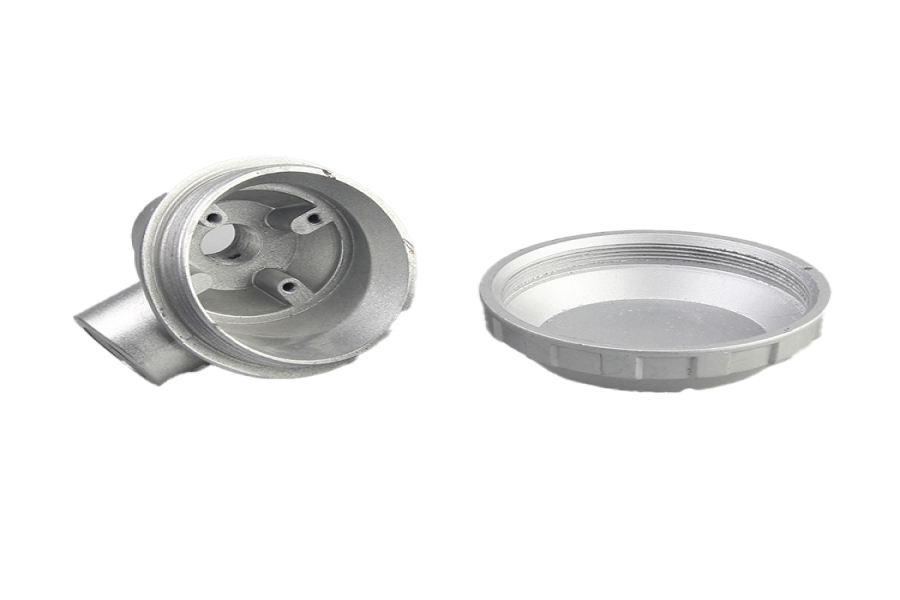
Plastic injection mold manufacturers product quality control
1. Pre-production:
-Review customer drawings and specifications
-Verify mold design and material selection
-Inspect mold components for quality
-Test mold performance
2. Production:
-Monitor injection molding process parameters
-Inspect molded parts for quality
-Perform dimensional and visual inspections
-Test molded parts for functionality
3. Post-production:
-Perform final inspections
-Package and label parts
-Test parts for functionality
-Document results and maintain records
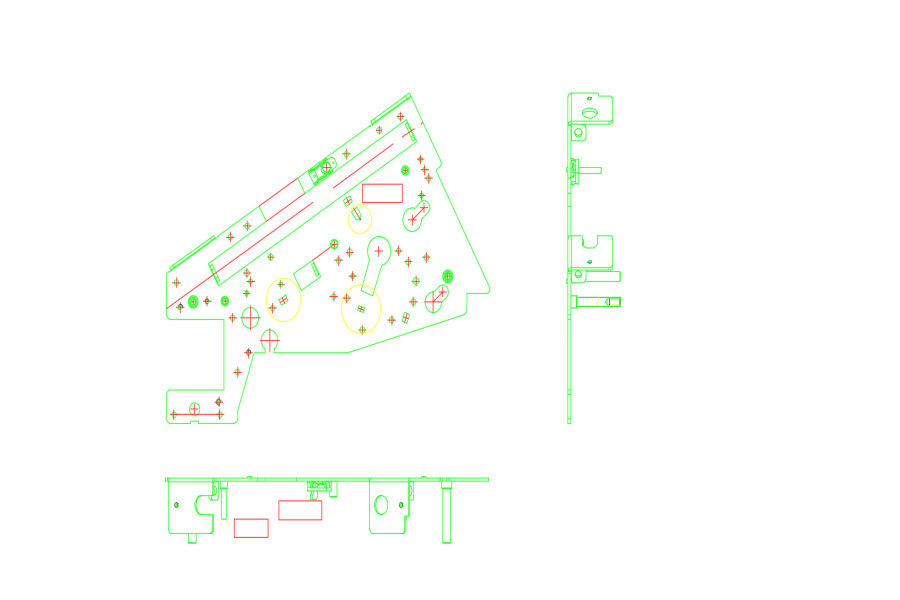
Plastic injection mold manufacturers have patents and are more worthy of cooperation
Yes, plastic injection mold manufacturers who have patents are more worthy of cooperation. Patents are a form of intellectual property protection that grants the patent holder exclusive rights to make, use, and sell the invention. This means that if a plastic injection mold manufacturer has a patent, they have exclusive rights to the design and production of the mold, and they can prevent other companies from copying or using the design without permission. This makes them more reliable and trustworthy partners for businesses looking to outsource their plastic injection molding needs.
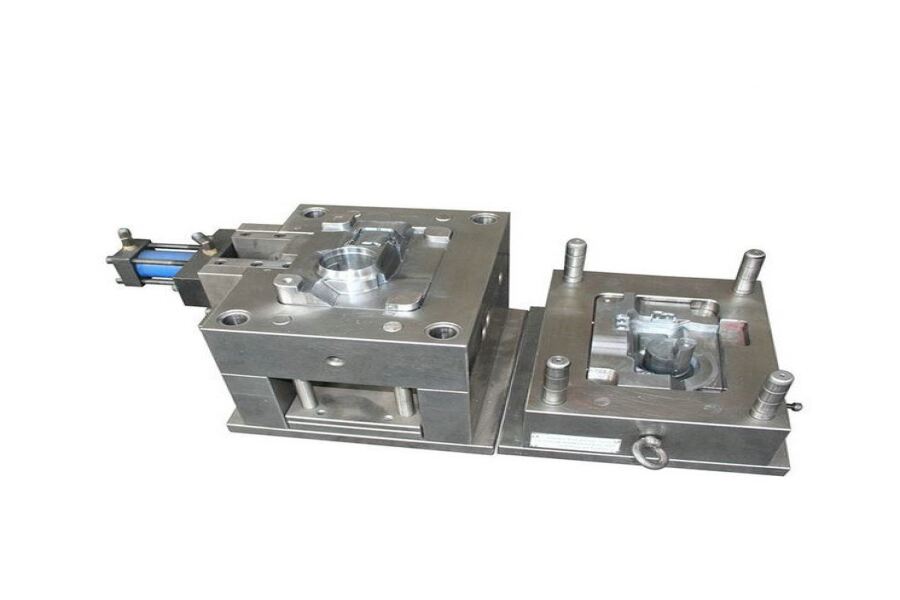
International production mode adopted by plastic injection mold manufacturers
1. Offshore production: This is a production mode in which the plastic injection mold manufacturer outsources the production of plastic injection molds to a foreign factory. This mode of production is mainly used by large-scale plastic injection mold manufacturers.
2. Joint venture production: This is a production mode in which the plastic injection mold manufacturer and a foreign factory jointly invest in the production of plastic injection molds. This mode of production is mainly used by medium-sized plastic injection mold manufacturers.
3. OEM production: This is a production mode in which the plastic injection mold manufacturer entrusts a foreign factory to produce plastic injection molds according to its own design drawings. This mode of production is mainly used by small-scale plastic injection mold manufacturers.
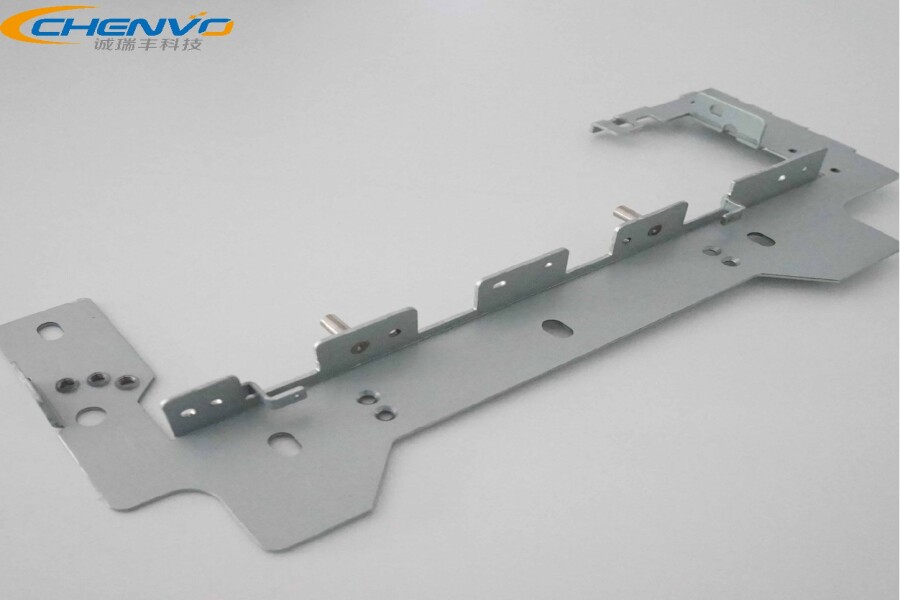
What is Plastic Injection Mold Design?
Plastic injection mold design is the process of creating a 3D model of a plastic part that can be used to create a mold for the part. The design process involves creating a 3D model of the part, determining the best injection molding process for the part, and designing the mold to ensure that the part can be produced with the desired properties. The design process also includes determining the best material for the part, the best gate location, and the best cooling system for the mold.
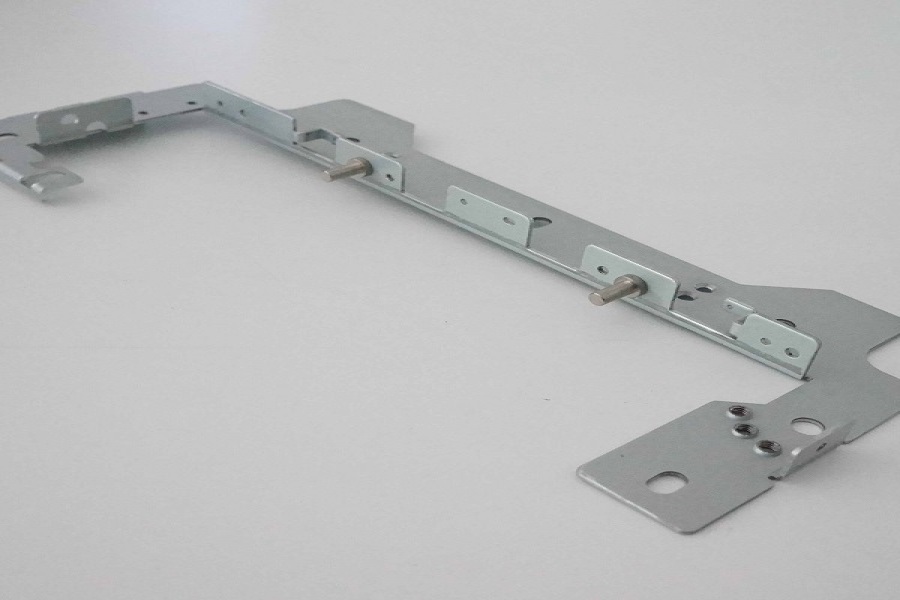
Plastic injection mold design, comparison of advantages and disadvantages of Chinese and American design levels
Advantages of Chinese Design Level:
1. Cost-effective: Chinese design level is more cost-effective than American design level. This is because Chinese designers are more experienced and have lower labor costs.
2. Faster turnaround time: Chinese design level is faster than American design level. This is because Chinese designers are more experienced and can work faster.
3. More flexible: Chinese design level is more flexible than American design level. This is because Chinese designers are more experienced and can make changes quickly.
Disadvantages of Chinese Design Level:
1. Quality: Chinese design level is not as high quality as American design level. This is because Chinese designers are not as experienced and may not have the same level of expertise.
2. Communication: Chinese design level is not as good at communication as American design level. This is because Chinese designers may not be as fluent in English and may not be able to communicate effectively.
Advantages of American Design Level:
1. Quality: American design level is higher quality than Chinese design level. This is because American designers are more experienced and have higher standards.
2. Communication: American design level is better at communication than Chinese design level. This is because American designers are more fluent in English and can communicate effectively.
3. Innovation: American design level is more innovative than Chinese design level. This is because American designers are more experienced and can come up with new ideas.
Disadvantages of American Design Level:
1. Cost: American design level is more expensive than Chinese design level. This is because American designers have higher labor costs.
2. Time: American design level is slower than Chinese design level. This is because American designers are more experienced and take longer to complete projects.
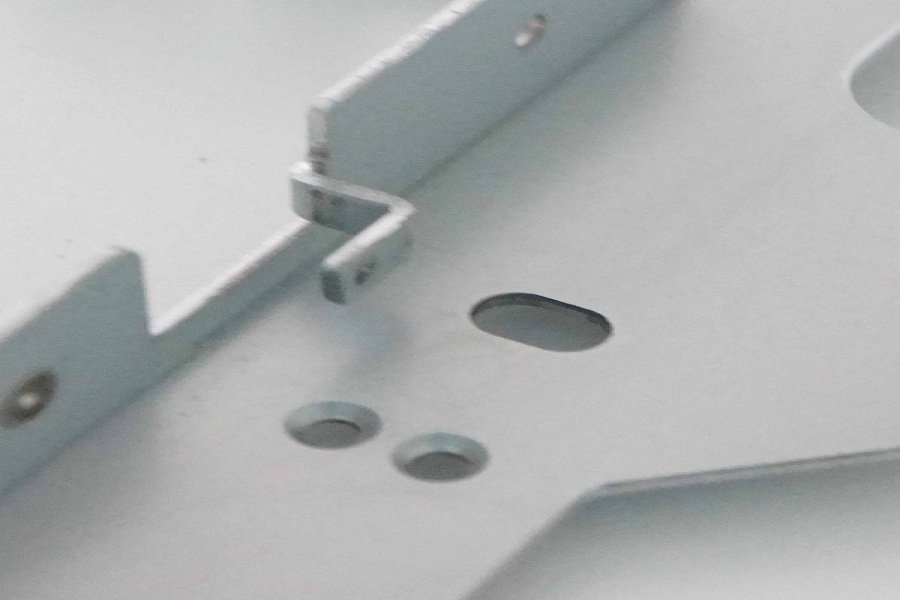
Plastic injection mold design, what are the shortcomings of Chinese enterprises
1. Lack of innovation: Chinese enterprises often lack the ability to innovate and develop new products.
2. Poor quality control: Chinese enterprises often lack the necessary quality control measures to ensure the quality of their products.
3. Low cost: Chinese enterprises often offer lower prices than their competitors, but the quality of their products may not be as good.
4. Limited resources: Chinese enterprises often lack the resources to invest in research and development, which can limit their ability to develop new products.
5. Poor customer service: Chinese enterprises often lack the customer service infrastructure to provide timely and effective customer service.
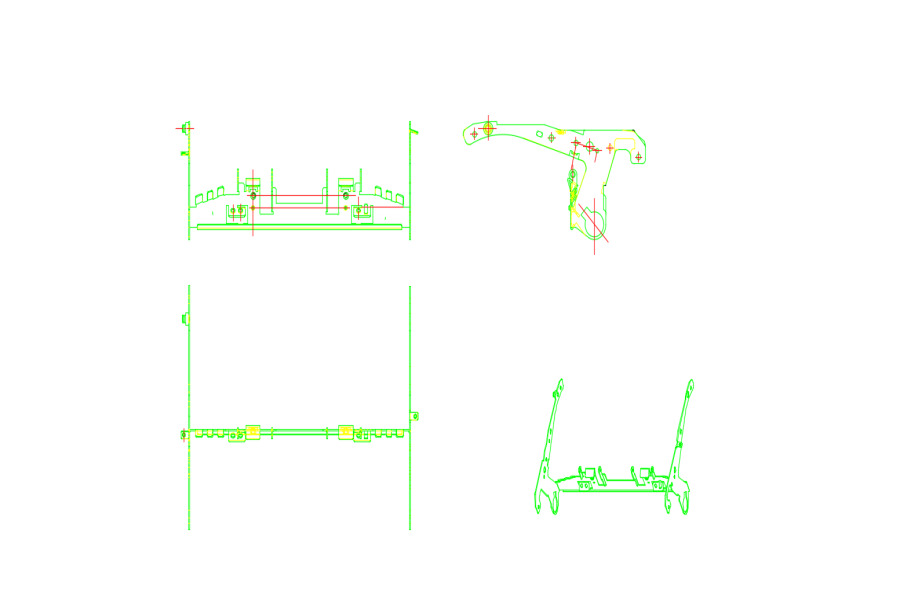
Plastic injection mold design renderings
Plastic injection mold design renderings are 3D images that show the design of a plastic injection mold. These renderings are used to visualize the design of the mold and to help the designer understand how the mold will look and function. The renderings can also be used to communicate the design to the customer and to help them understand the process and the end product. The renderings can be used to show the different components of the mold, the flow of the plastic, and the overall shape and size of the mold.
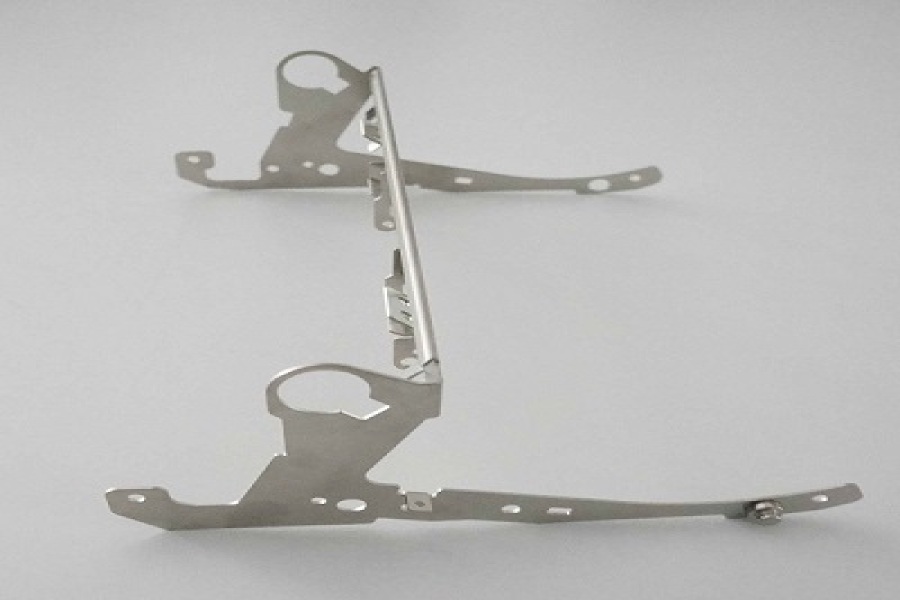
Plastic injection mold design style classification
1. Standard Mold Design: This is the most common type of mold design, which is used for mass production of parts with simple shapes and features. It is usually made from a single cavity and is designed to be easy to use and maintain.
2. Prototype Mold Design: This type of mold design is used for creating prototypes of parts with complex shapes and features. It is usually made from multiple cavities and is designed to be more complex and time-consuming to use and maintain.
3. Hot Runner Mold Design: This type of mold design is used for mass production of parts with complex shapes and features. It is usually made from multiple cavities and is designed to be more efficient and cost-effective to use and maintain.
4. Multi-Cavity Mold Design: This type of mold design is used for mass production of parts with complex shapes and features. It is usually made from multiple cavities and is designed to be more efficient and cost-effective to use and maintain.
5. Stack Mold Design: This type of mold design is used for mass production of parts with complex shapes and features. It is usually made from multiple cavities and is designed to be more efficient and cost-effective to use and maintain.
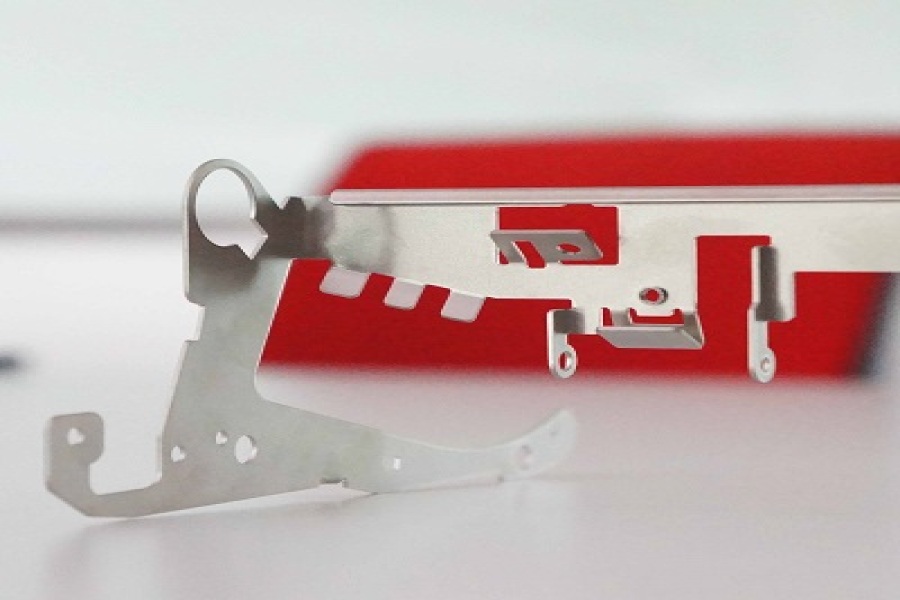
Skill Requirements for Designers
1. Knowledge of design principles and techniques: Designers should have a strong understanding of design principles and techniques, such as color theory, typography, composition, and layout.
2. Proficiency in design software: Designers should be proficient in design software such as Adobe Photoshop, Illustrator, InDesign, and other related programs.
3. Creative problem-solving skills: Designers should be able to think creatively and come up with innovative solutions to design challenges.
4. Attention to detail: Designers should be detail-oriented and able to spot errors and inconsistencies in their work.
5. Communication skills: Designers should be able to communicate effectively with clients and colleagues.
6. Time management skills: Designers should be able to manage their time effectively and meet deadlines.
7. Collaboration skills: Designers should be able to work well with others and collaborate on projects.
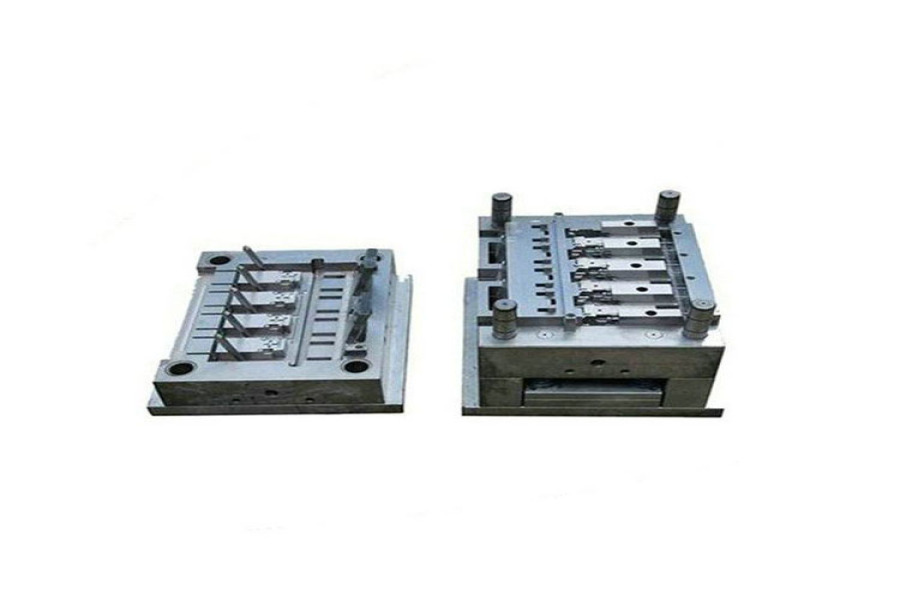
About Plastic Injection Mold Manufacturer Brand
A plastic injection mold manufacturer is a company that specializes in the production of plastic injection molds. These molds are used to create plastic parts and components for a variety of industries, including automotive, medical, and consumer products. The molds are typically made from steel or aluminum and are designed to create a specific shape or size of part. The plastic injection mold manufacturer will work with the customer to design the mold and then create it using a variety of processes, such as CNC machining, EDM, and injection molding. The molds are then tested to ensure they meet the customer’s specifications and are ready for production.
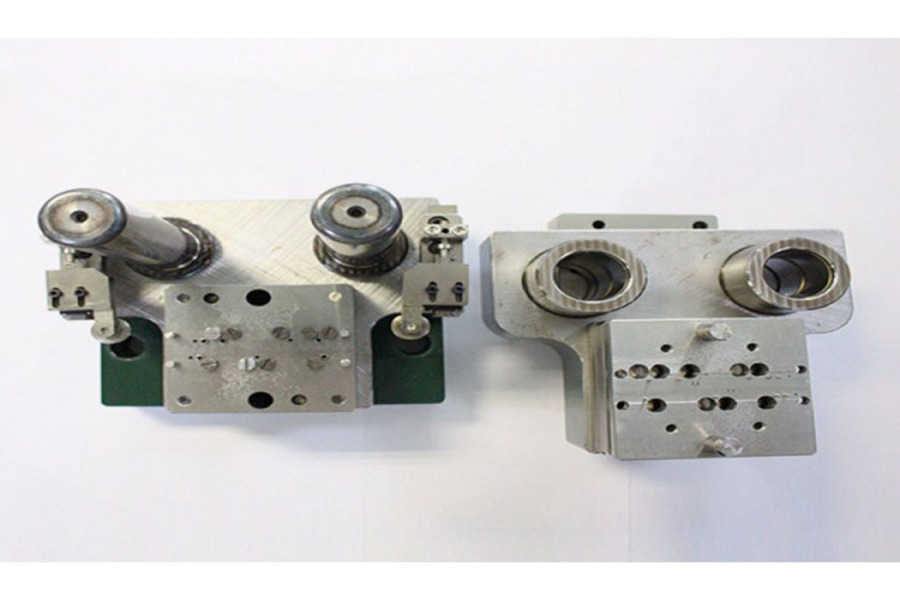
International Top Ten Plastic Injection Mold Brands
1. Husky Injection Molding Systems
2. Milacron
3. Engel
4. Arburg
5. Nissei Plastic Industrial
6. Sumitomo Heavy Industries
7. Toshiba Machine
8. JSW Plastics Machinery
9. Toyo Machinery & Metal
10. Haitian International
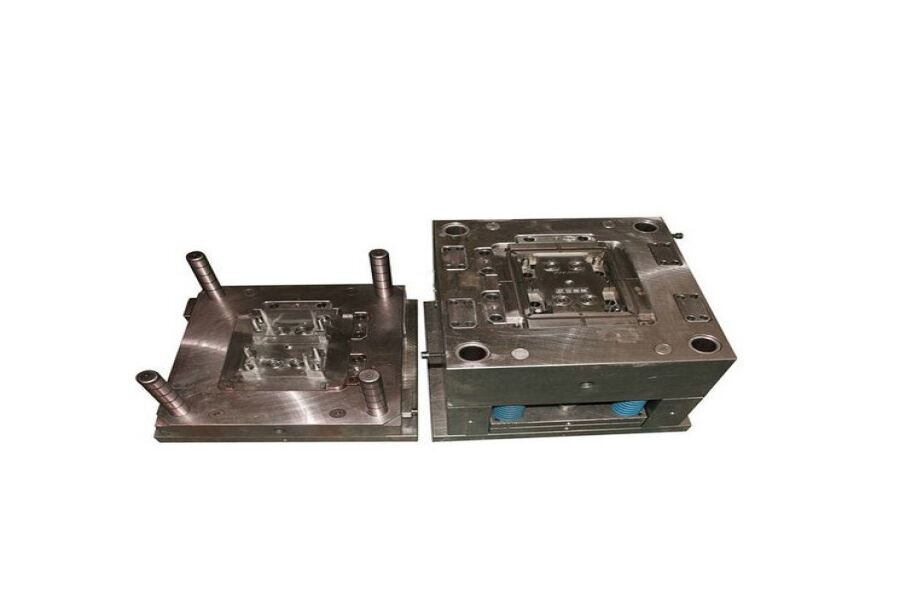
Analysis on the Competitive Trend of China's Plastic Injection Mold Market
The plastic injection mold market in China is highly competitive and has seen significant growth in recent years. This is due to the increasing demand for plastic products in the country, as well as the availability of advanced technology and machinery. The market is expected to continue to grow in the coming years, as the Chinese government continues to invest in the industry and promote innovation.
The competitive landscape of the plastic injection mold market in China is dominated by a few large players, such as Haitian International, LK Technology, and Guangdong Yizumi Precision Machinery. These companies have established a strong presence in the market and have been able to capitalize on the growing demand for plastic products. They have also invested heavily in research and development, which has enabled them to stay ahead of the competition.
In addition to the large players, there are also a number of smaller companies that are making their mark in the market. These companies are often focused on niche markets and specialize in specific types of plastic injection molds. They are able to offer competitive prices and high-quality products, which has enabled them to gain a foothold in the market.
The competitive trend of the plastic injection mold market in China is expected to continue in the coming years. As the demand for plastic products continues to grow, more companies are likely to enter the market. This will create more competition and drive down prices, which will benefit consumers. Additionally, the Chinese government is likely to continue to invest in the industry, which will further drive innovation and growth.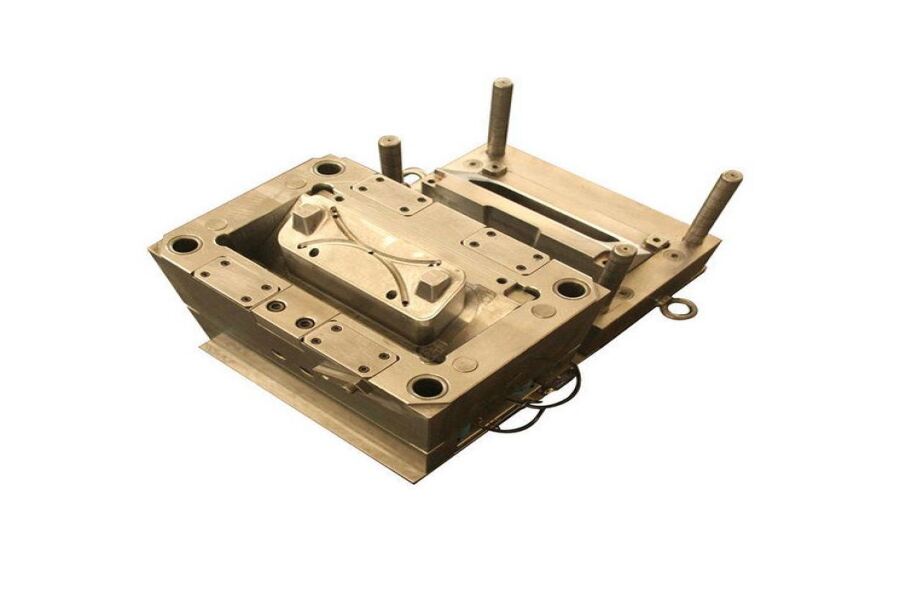
Our Certificates
By co-operating with Elite Mold, you have selected one of the most reliable ISO 9001 certified plastic mold manufacturer, Elite Mold as a plastic injection mold manufacturer specializing in plastic injection mold and supplying plastic injection molding services for plastic mold design, prototype makings, mold flow analysis, precise machining, OEM services, ODM services and so on, building custom plastic injection molding. We are committed to enhance the Process optimized and quality of service, shorten lead time and assist in lowering inventory, by providing new products every year to bring in continuous and higher profits for our clients. The ability to produce mold at the International standard, strong engineering and mold design capability, aggressive delivery, competitive pricing and business integrity continues to be the success factor of Elite Mold.






